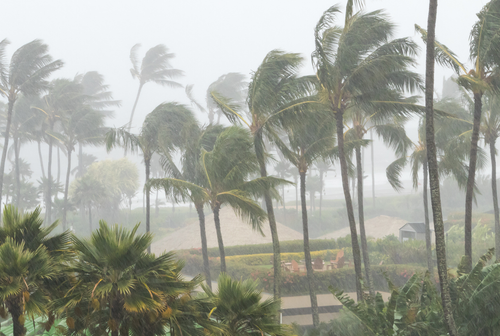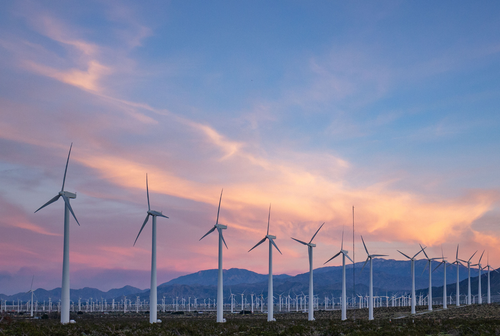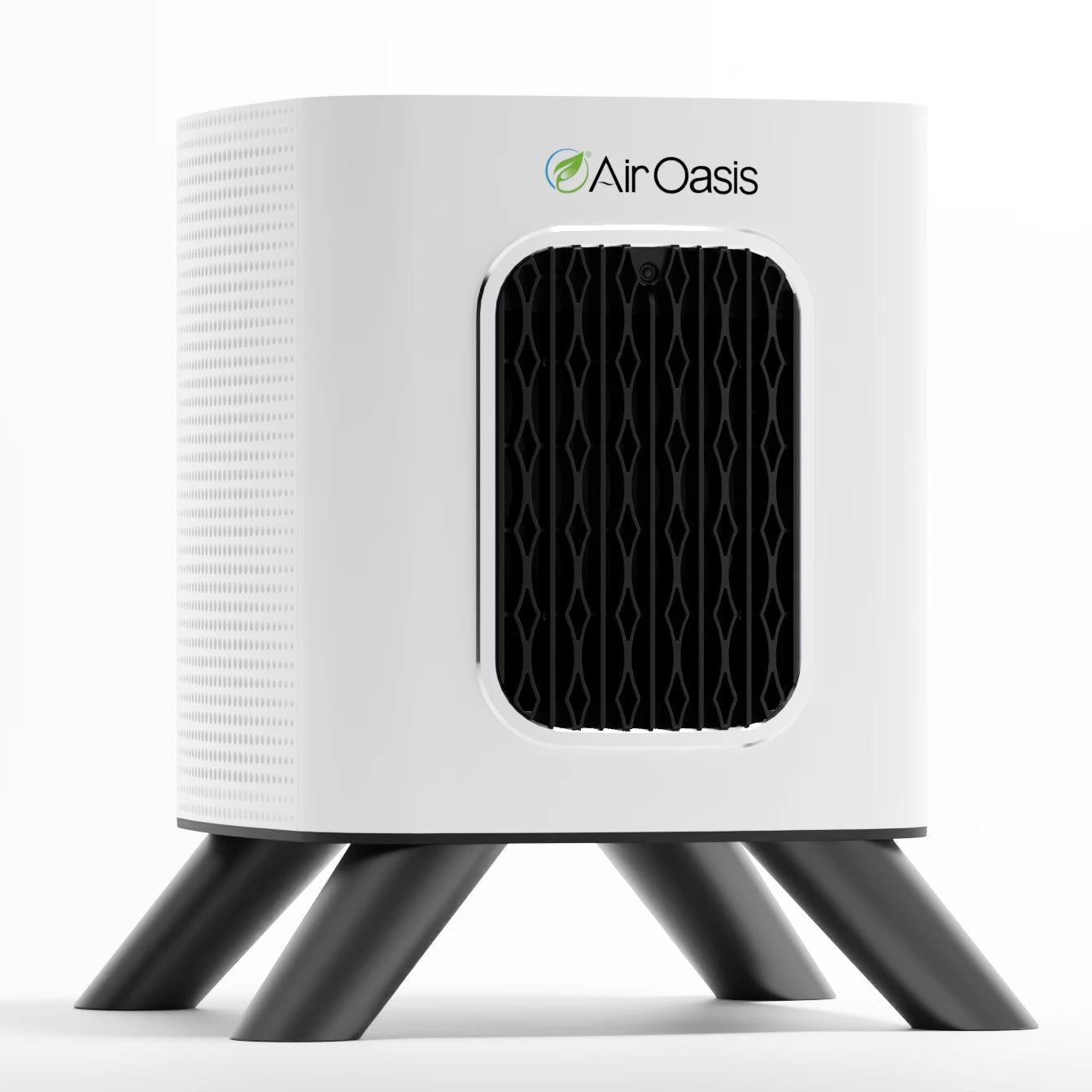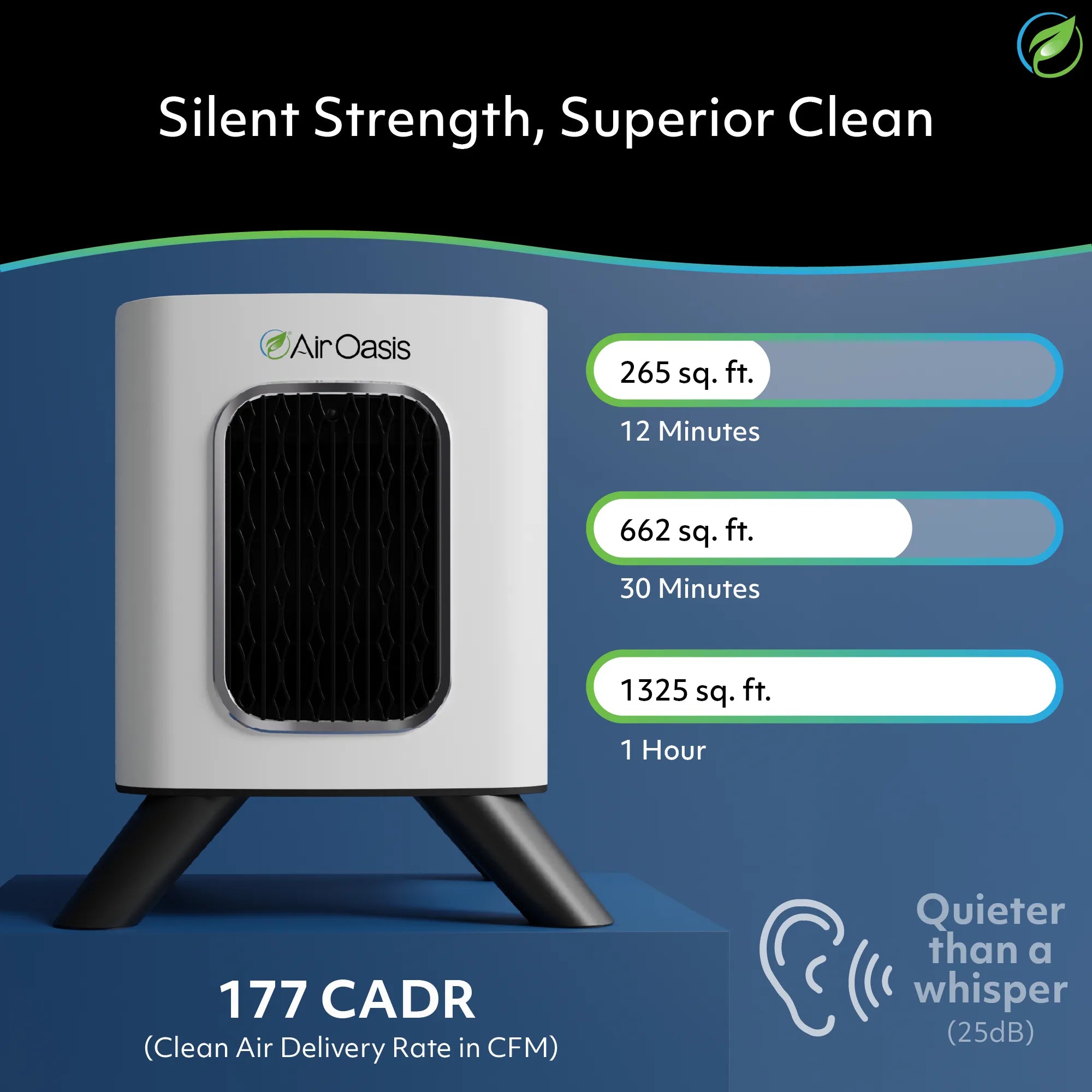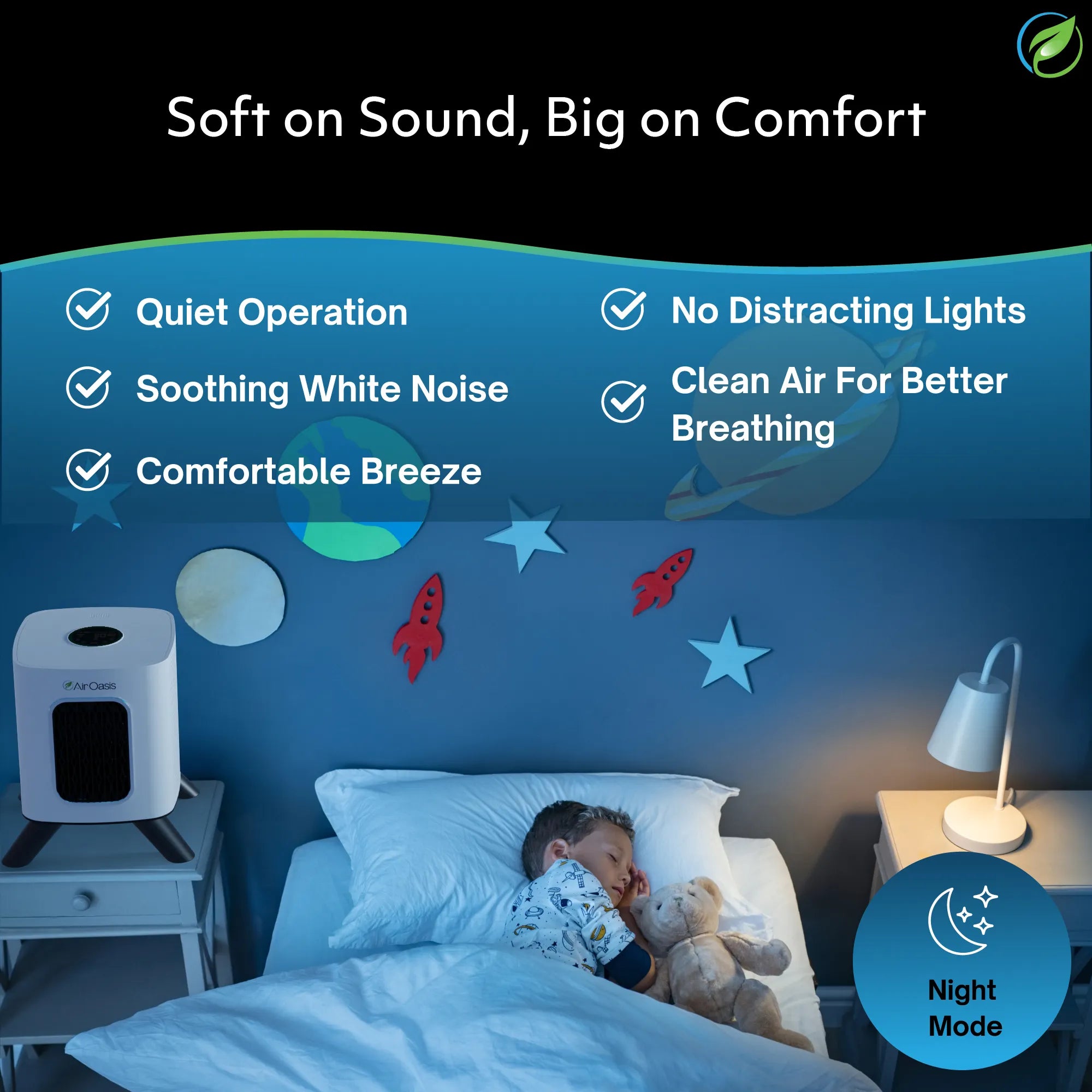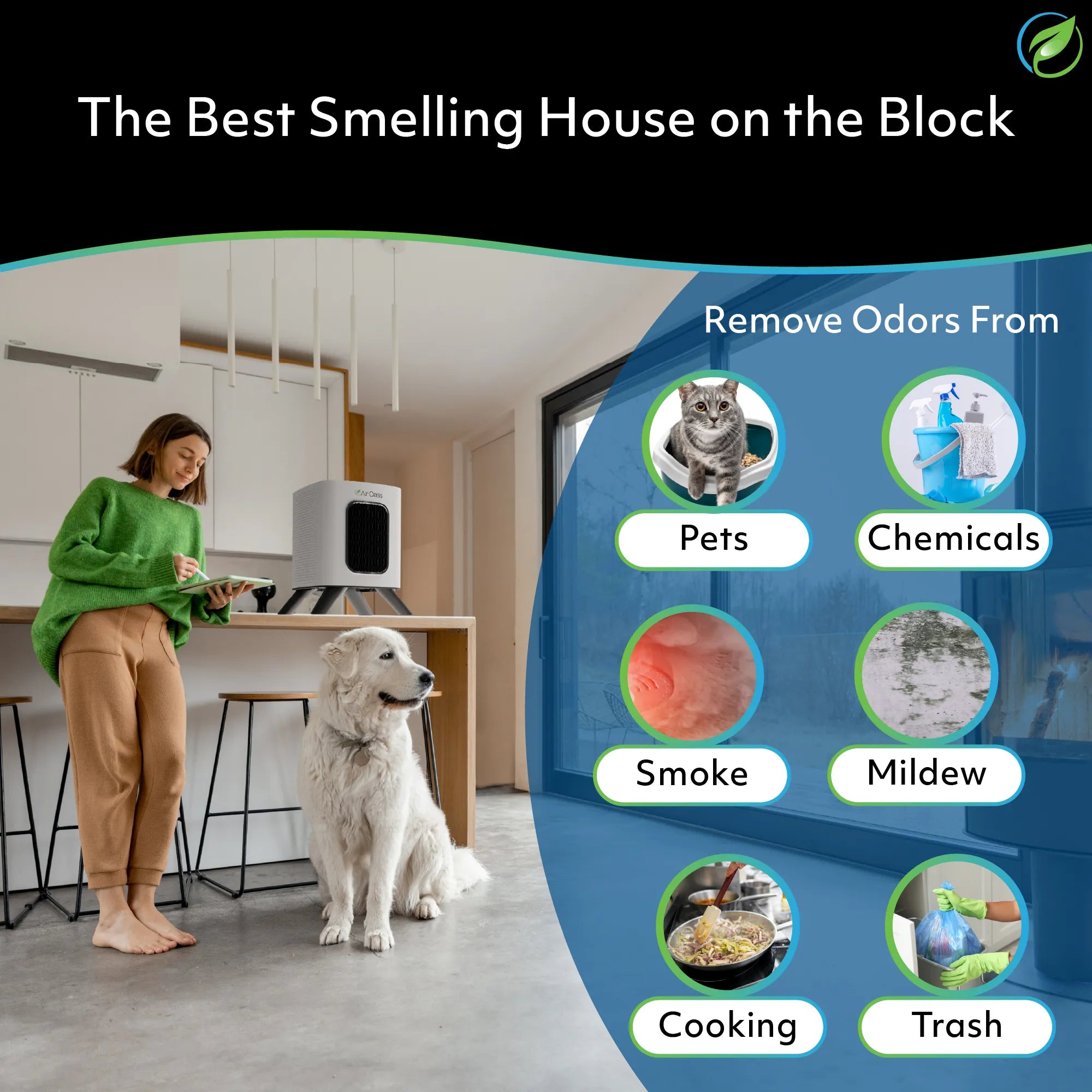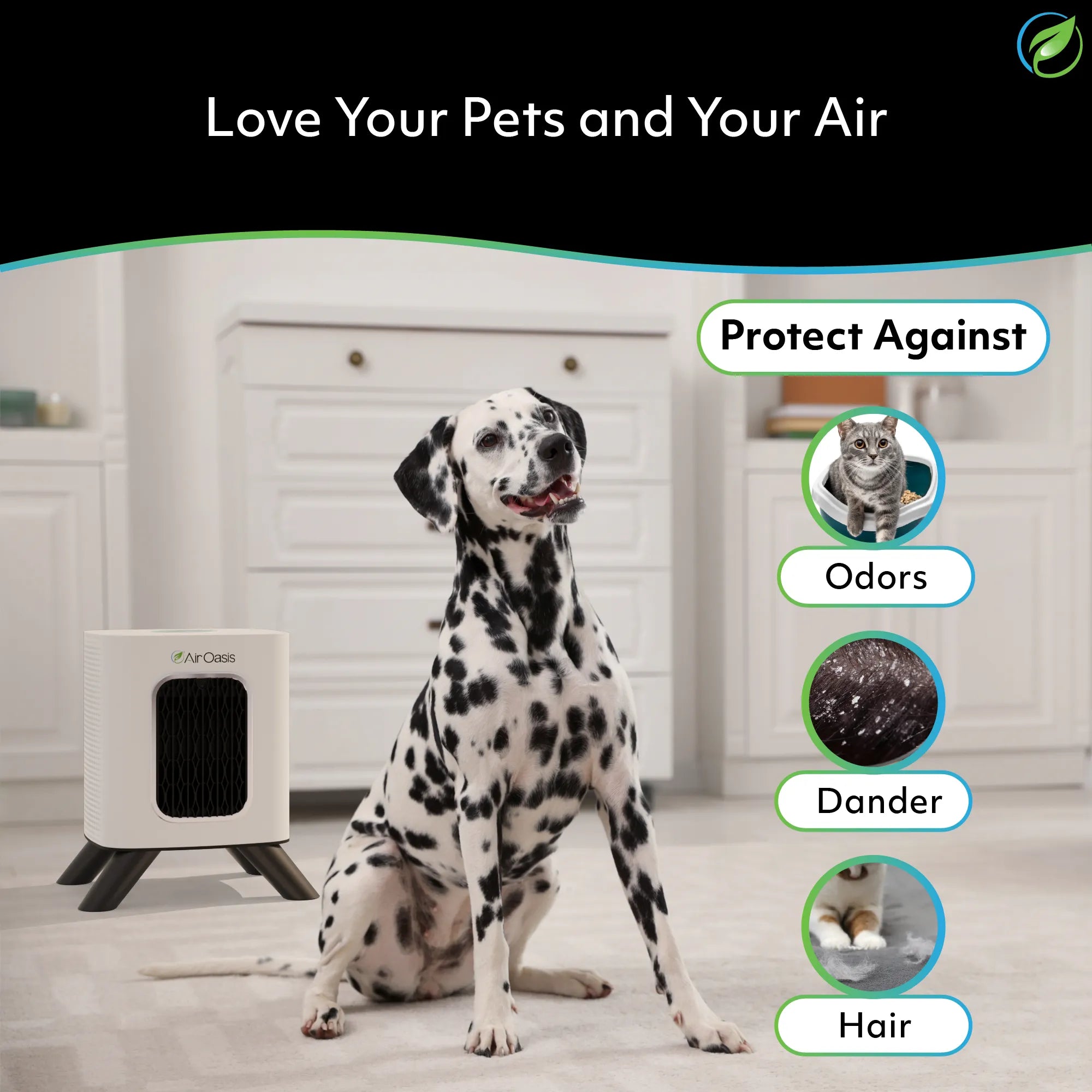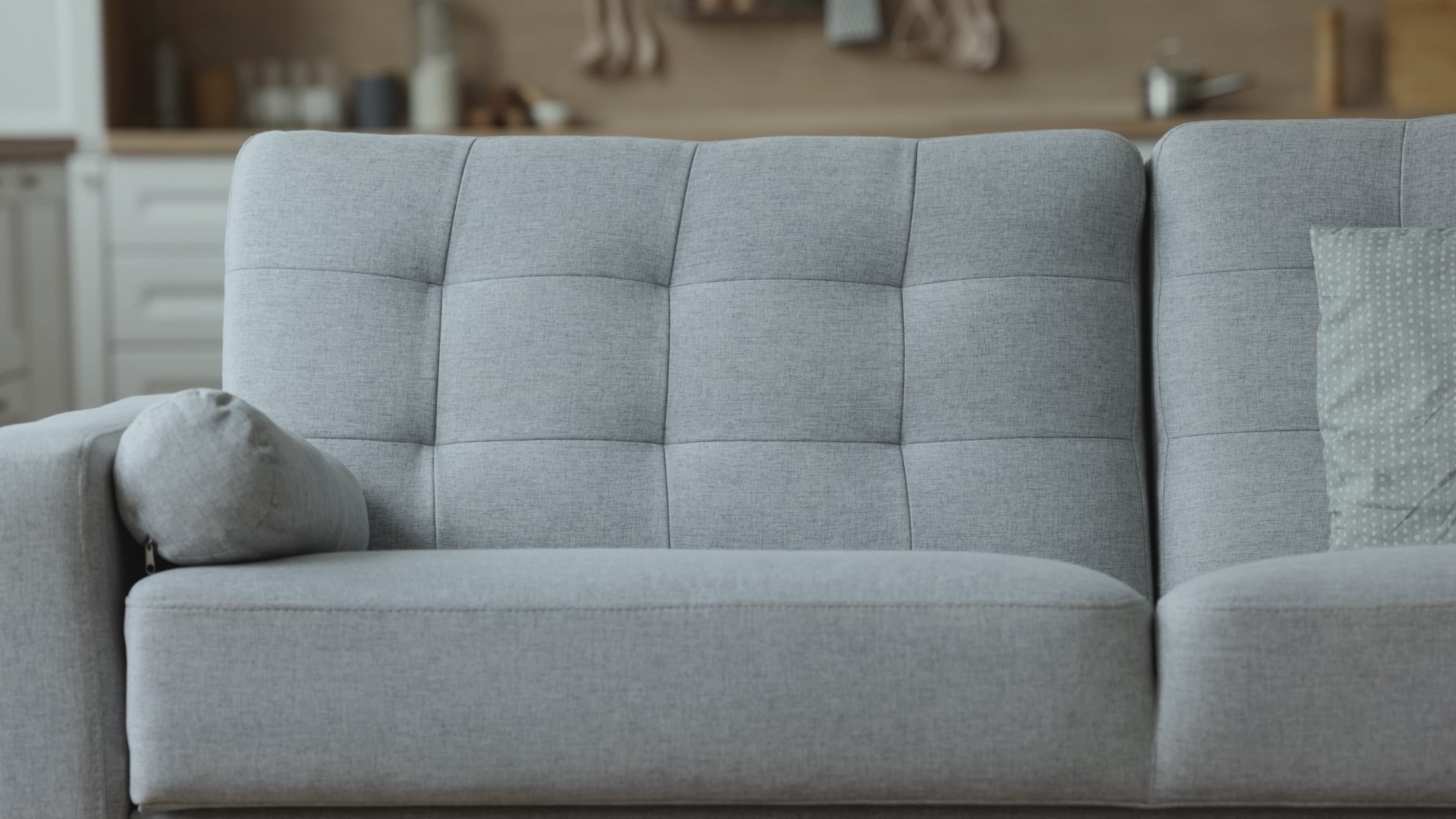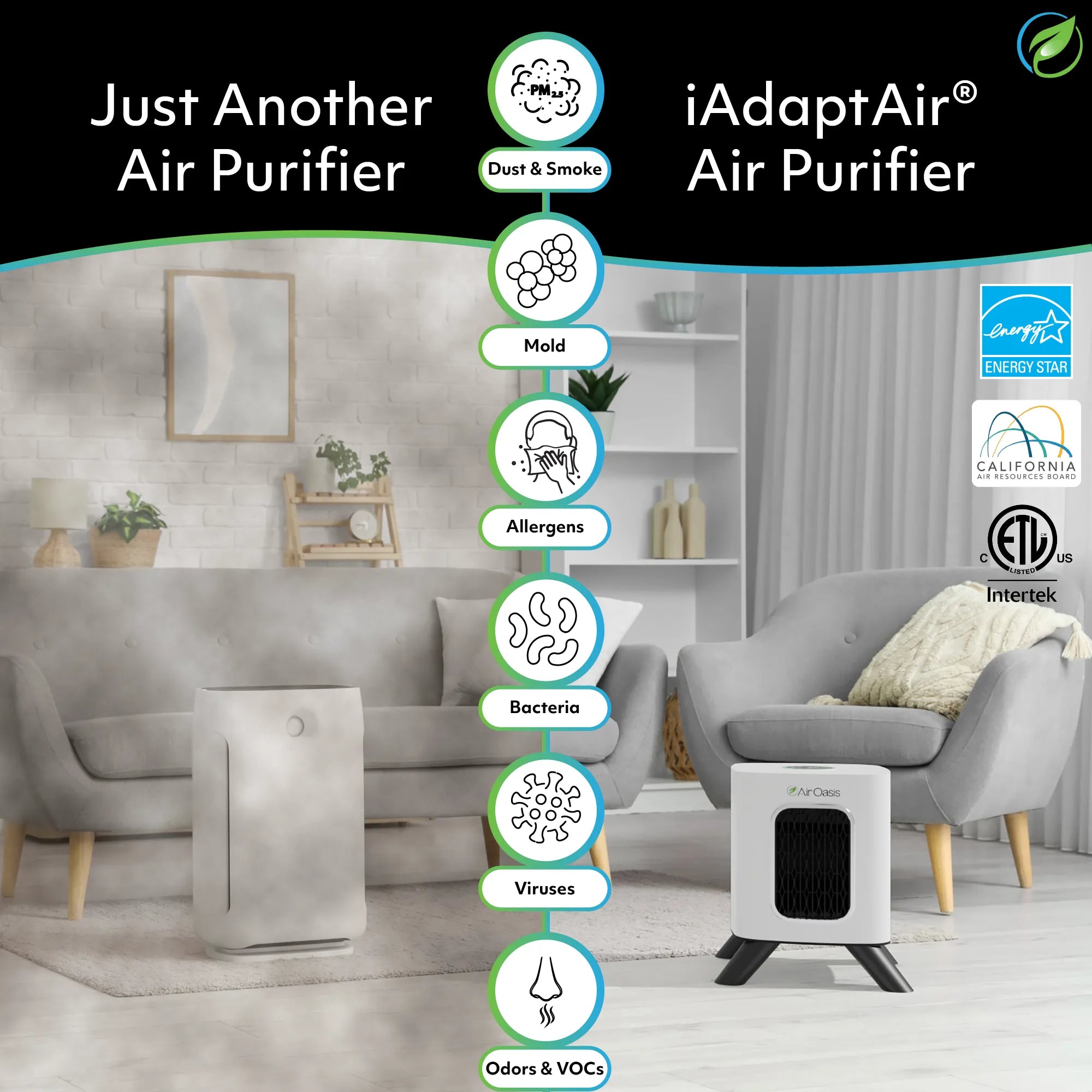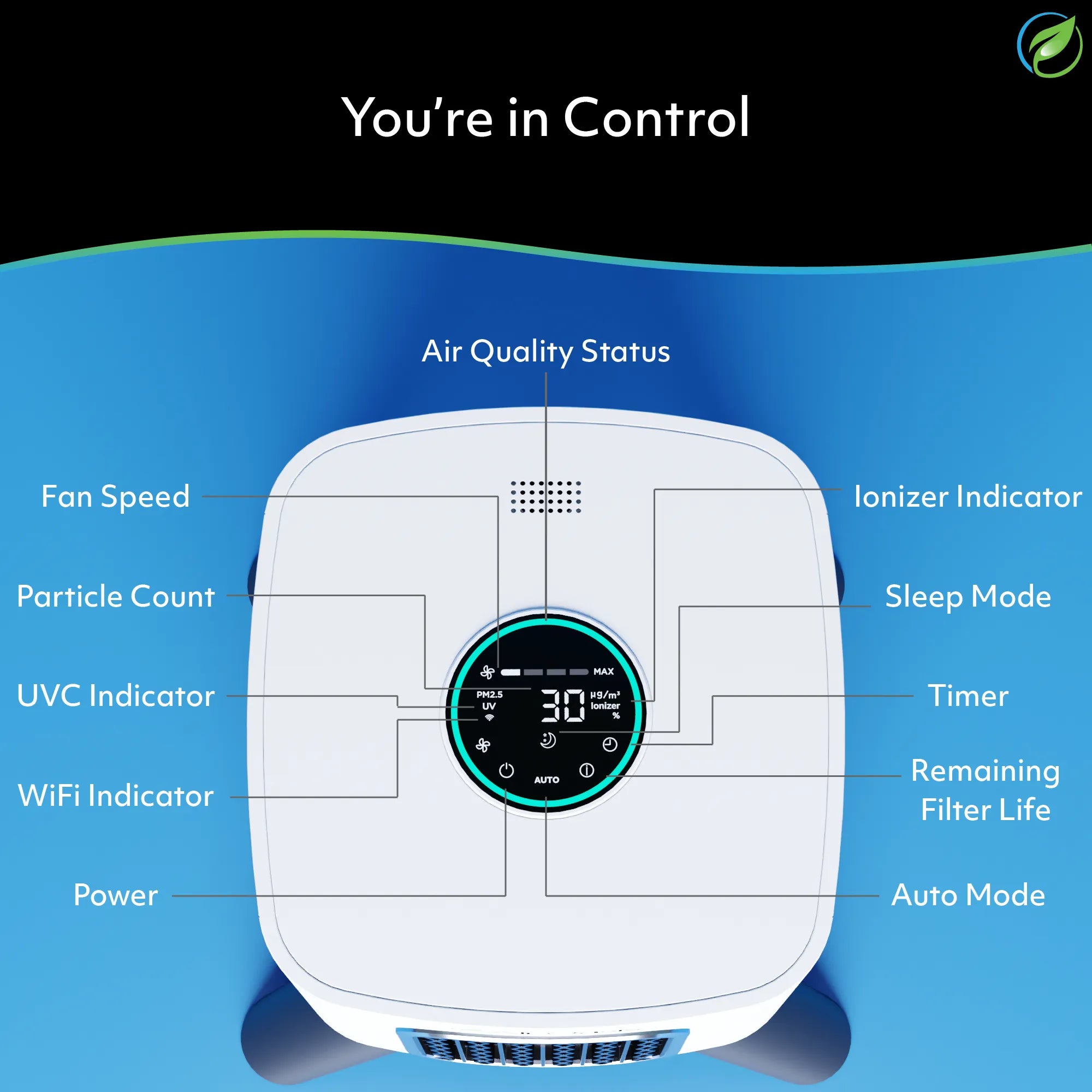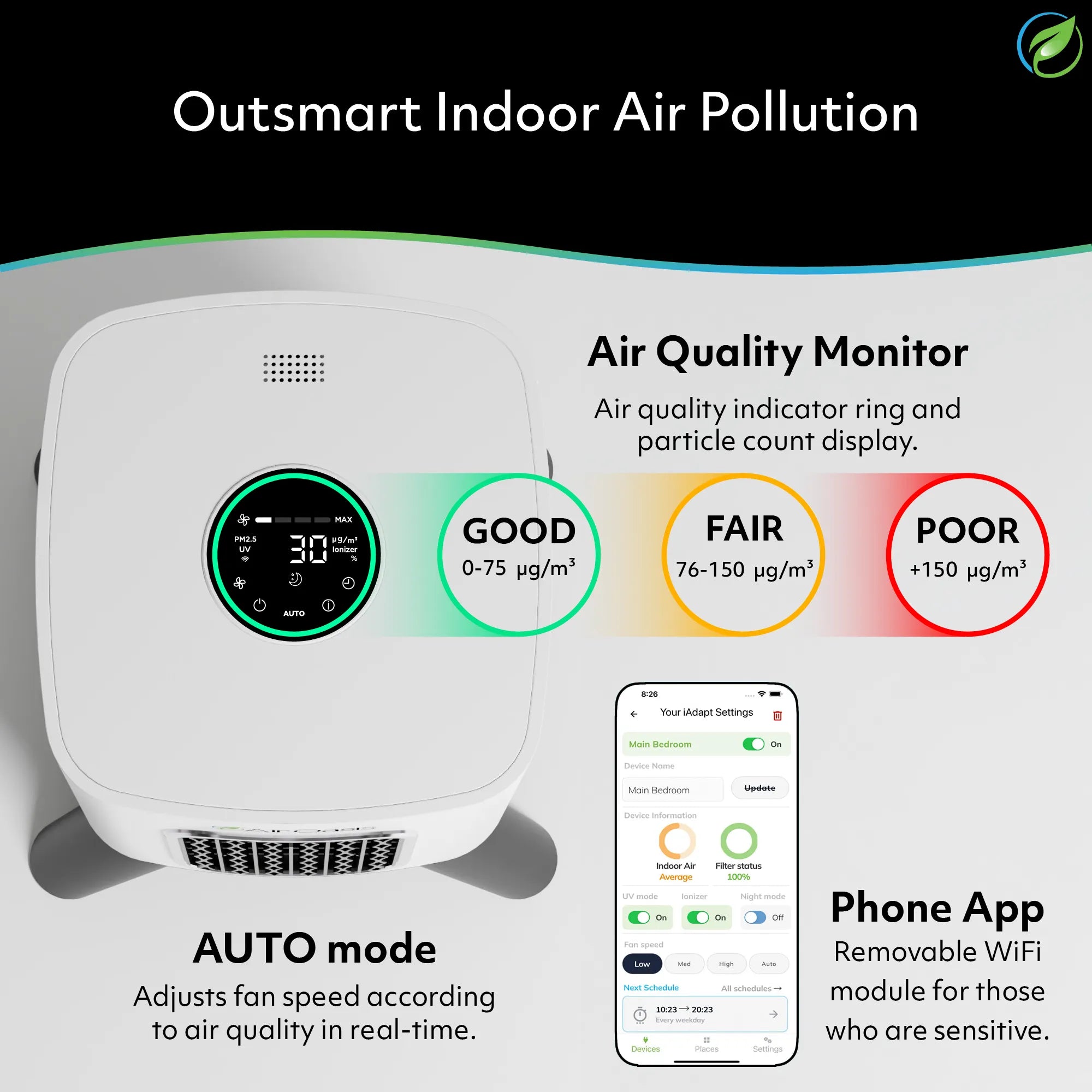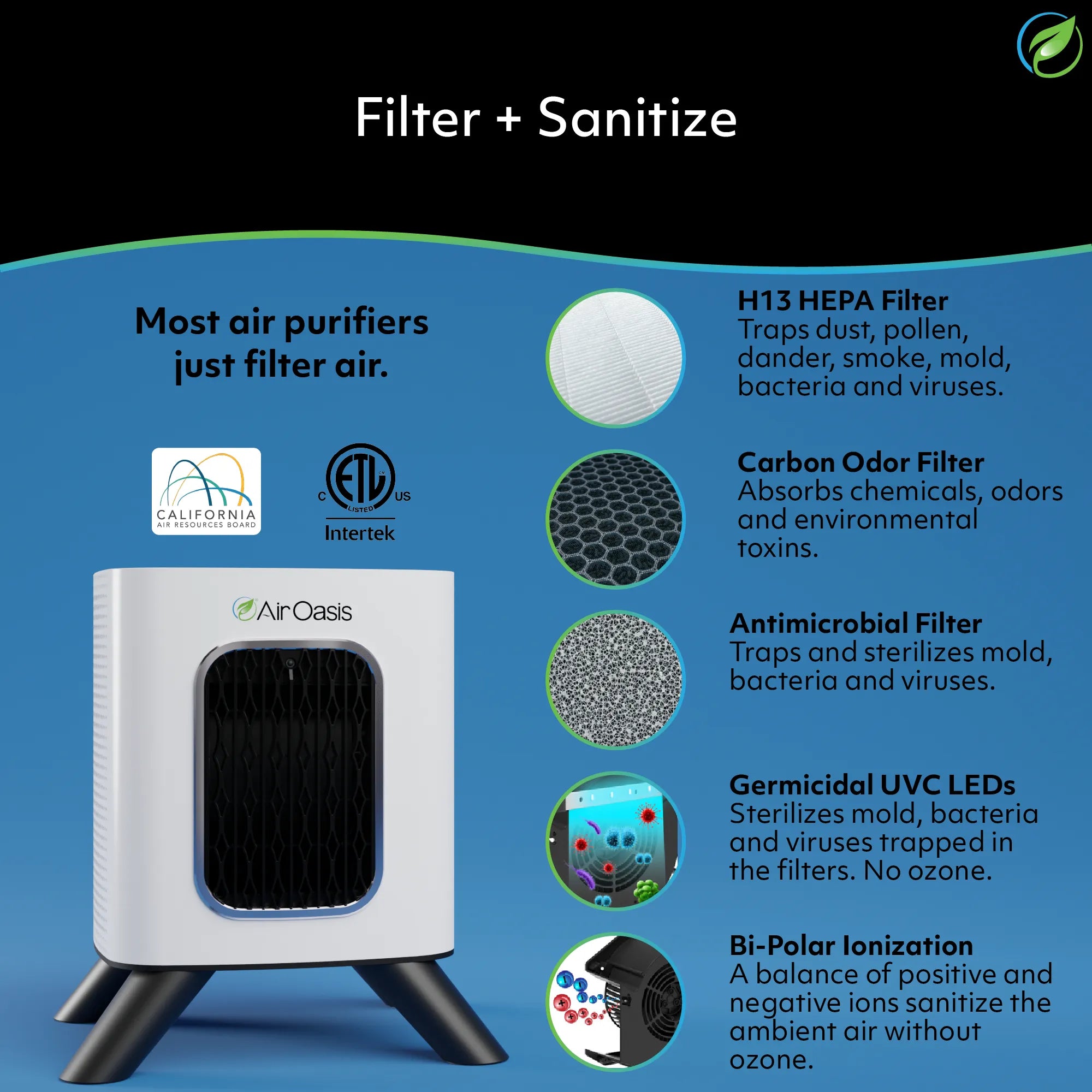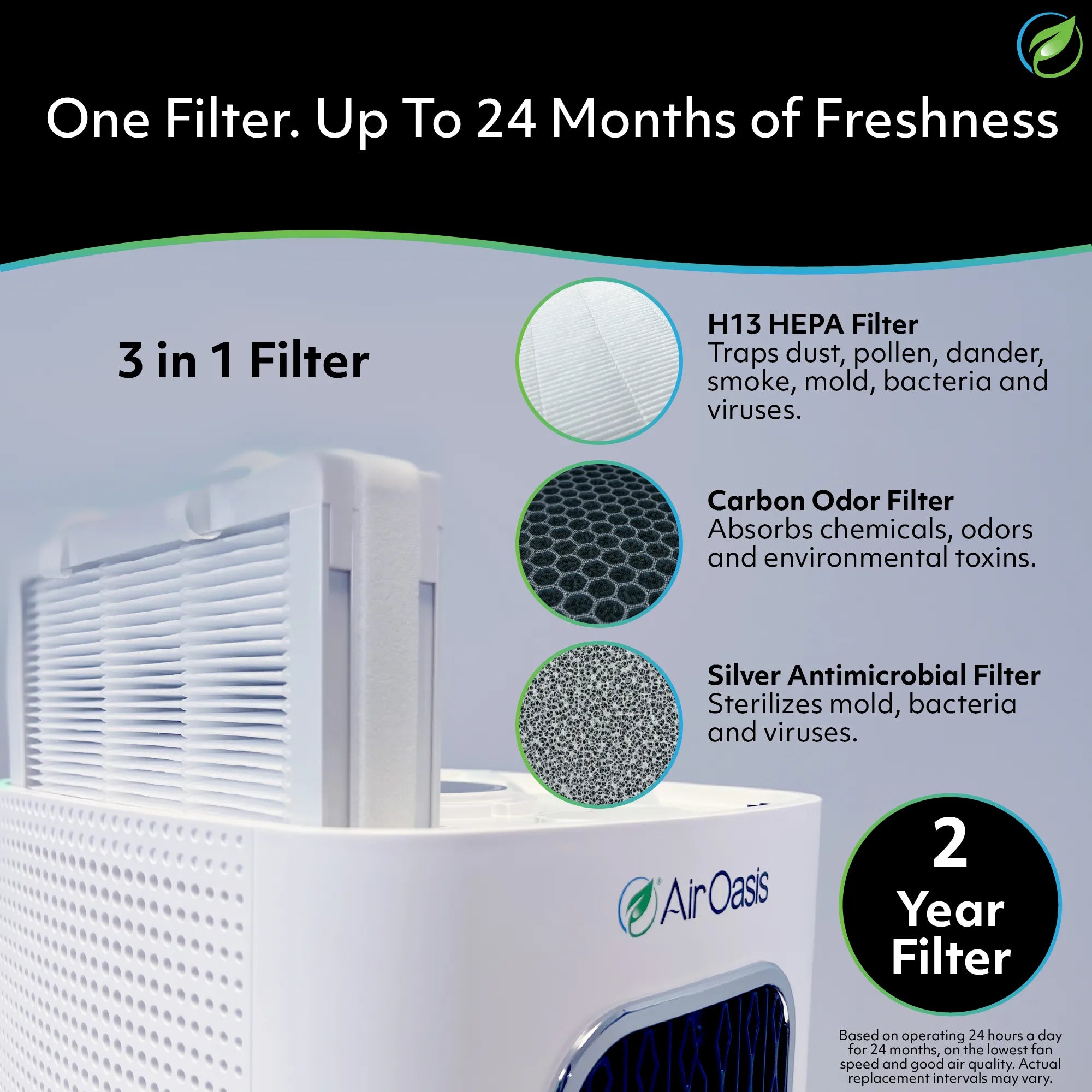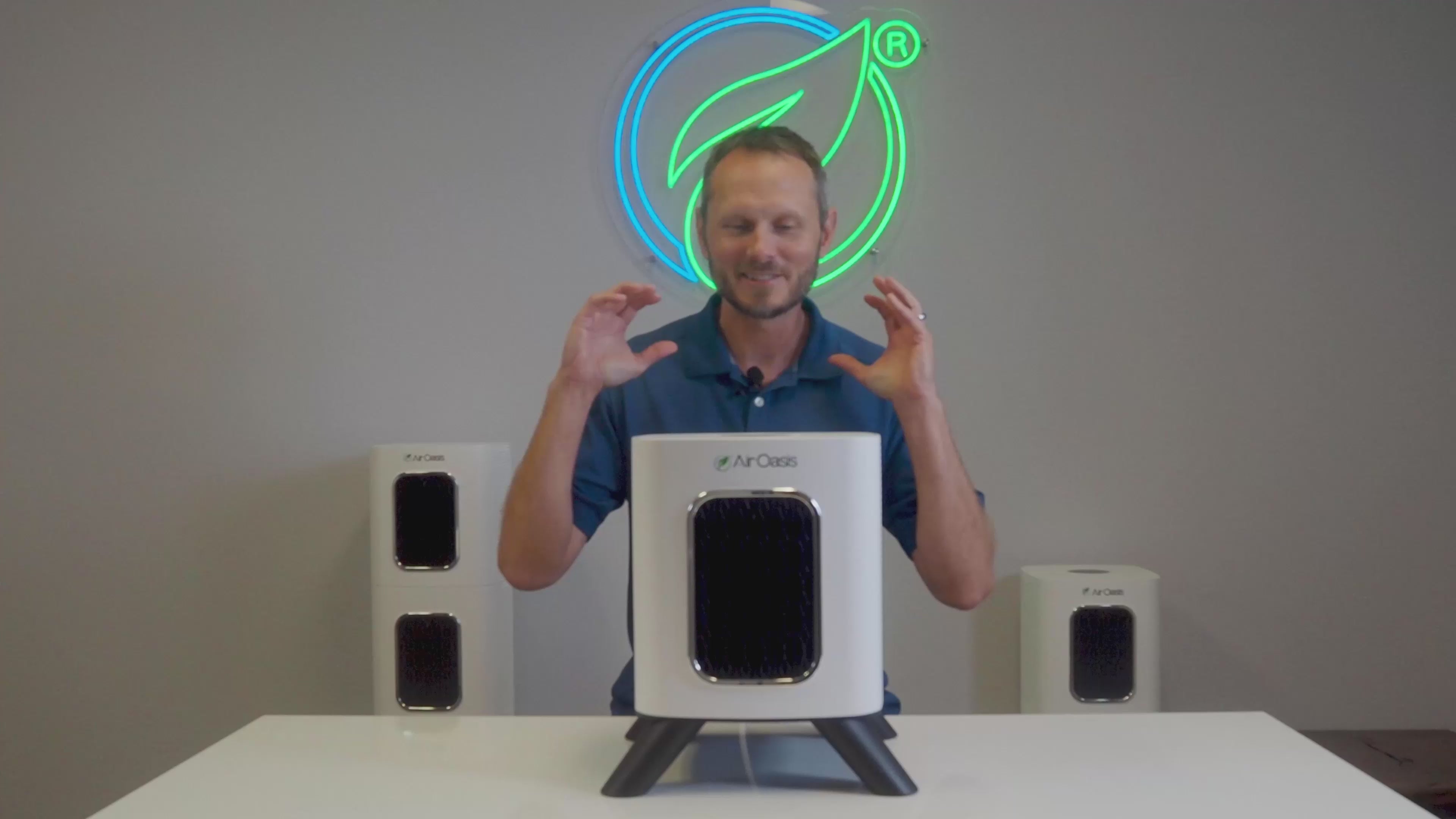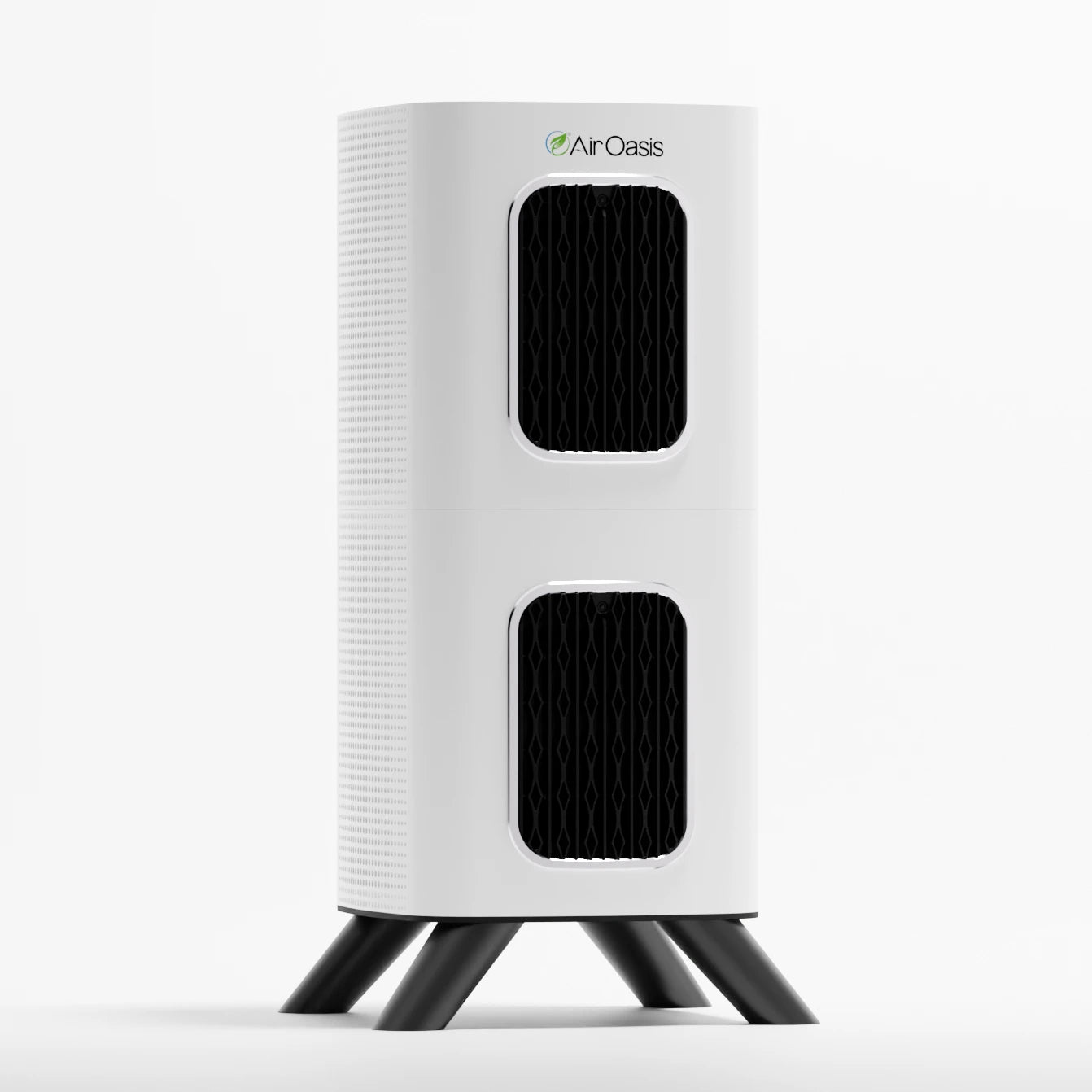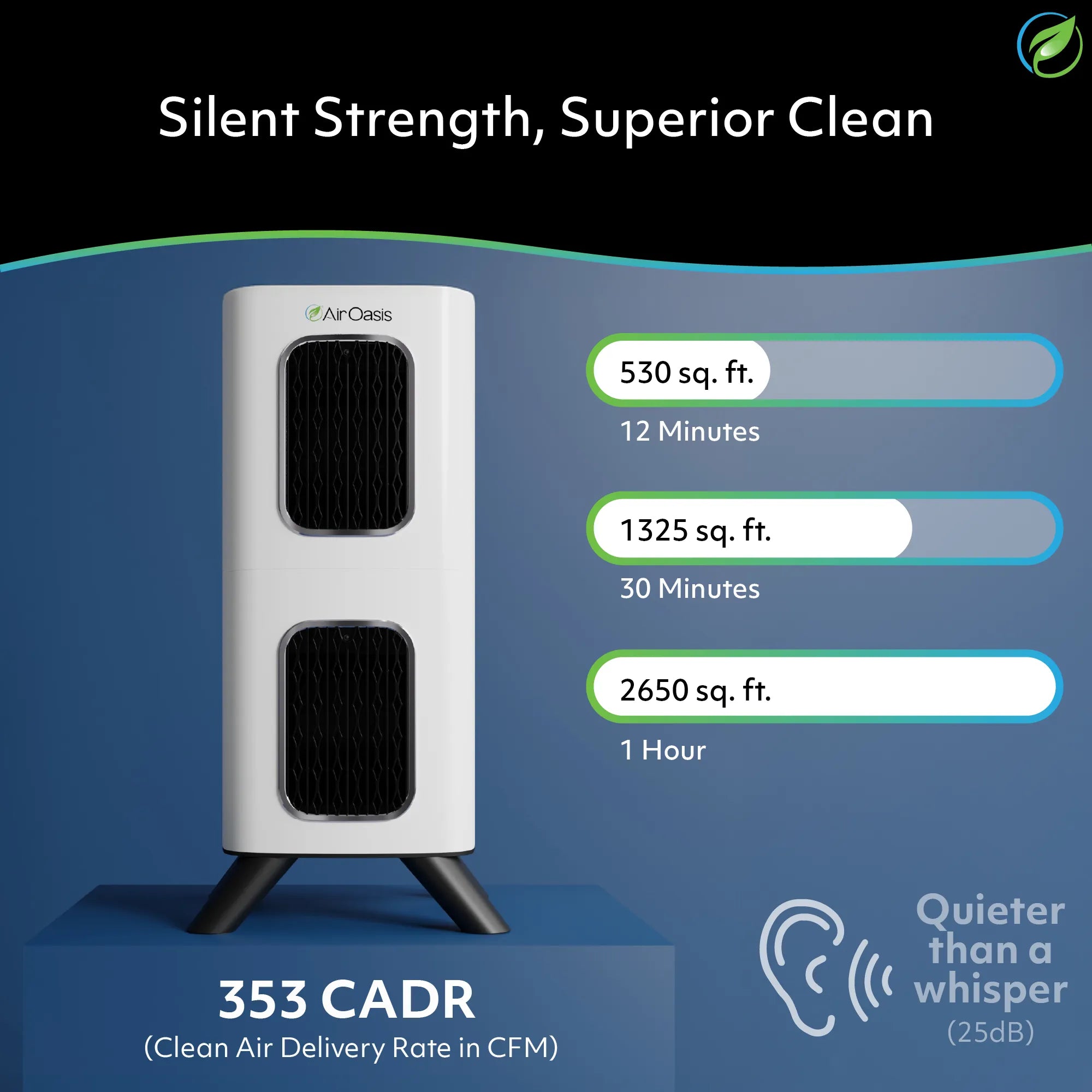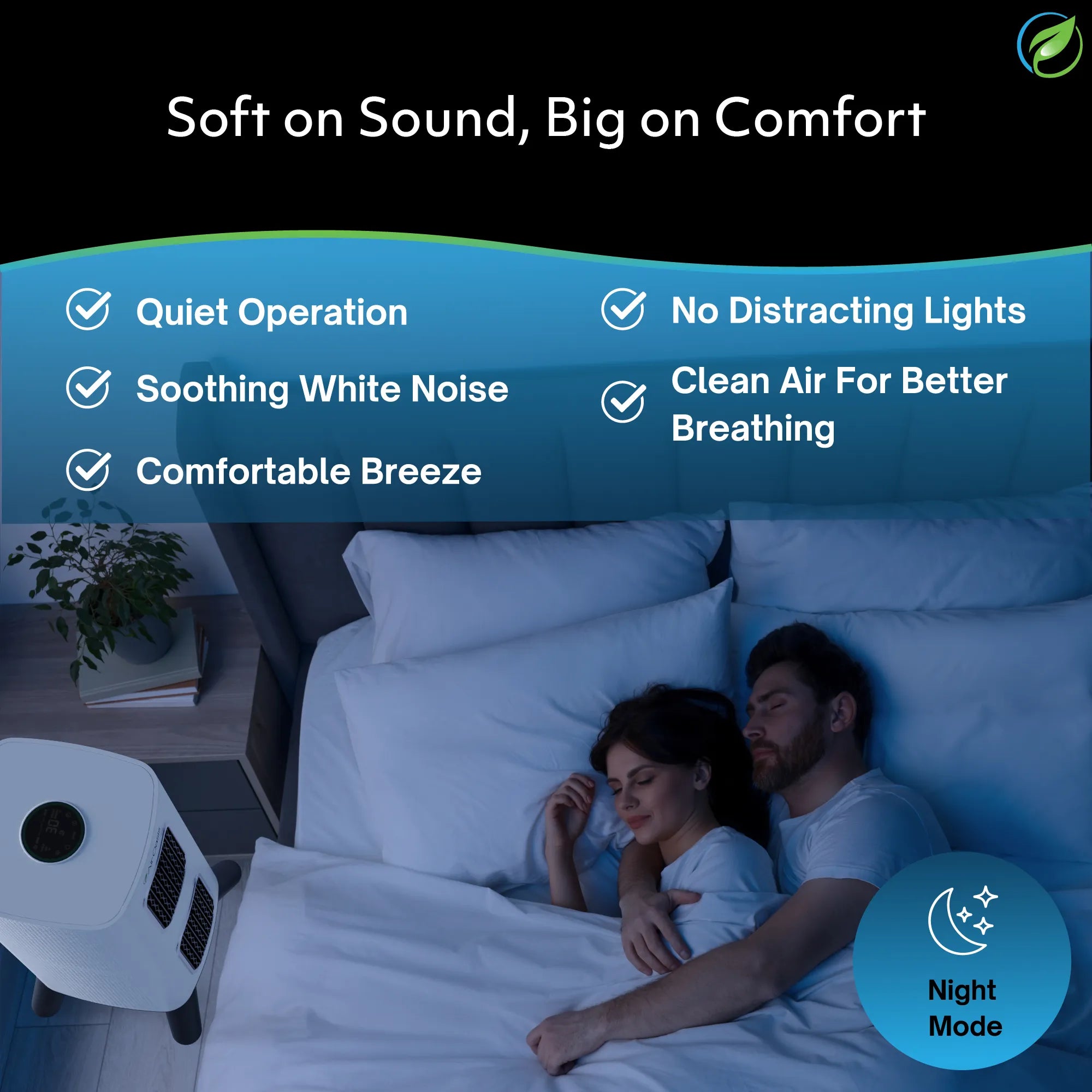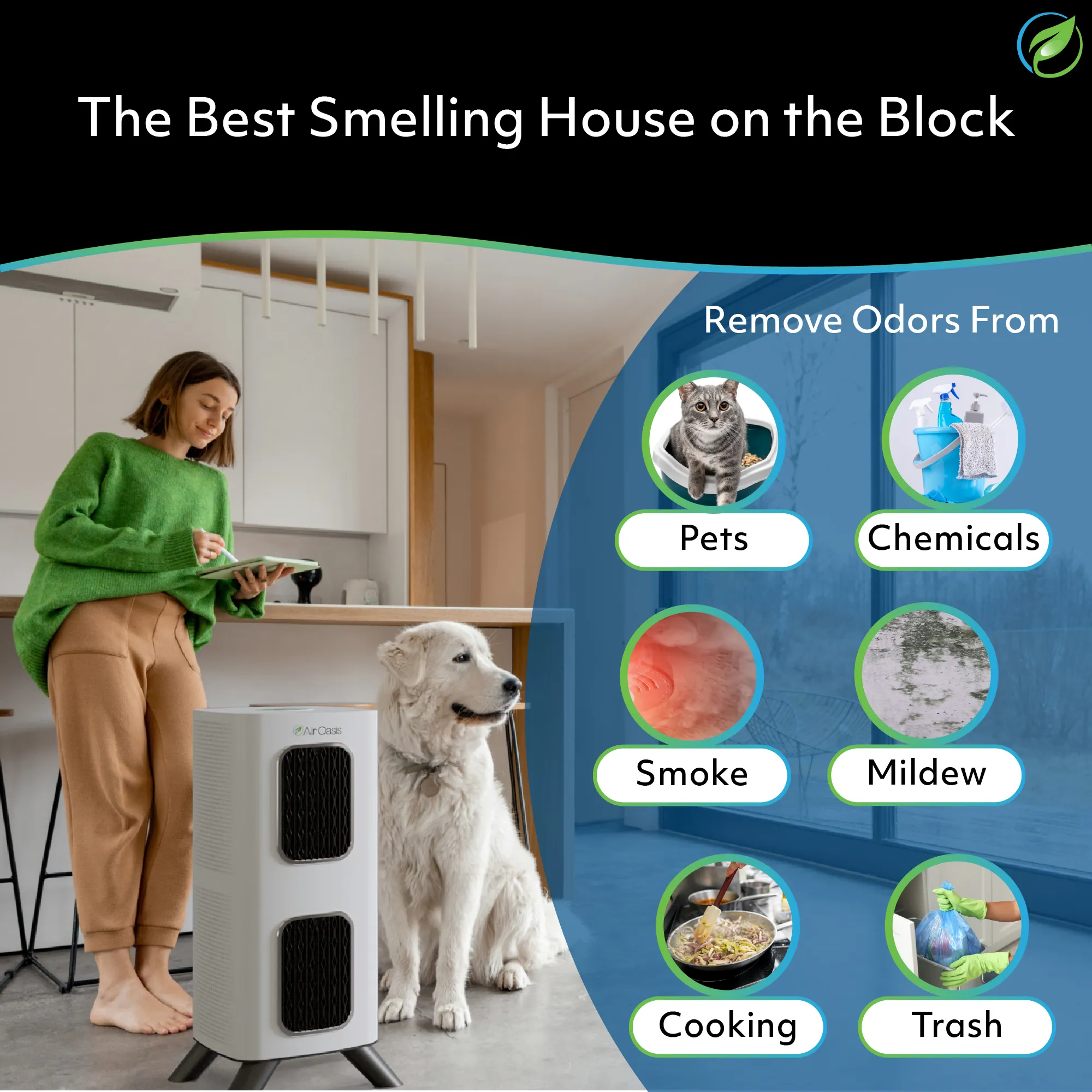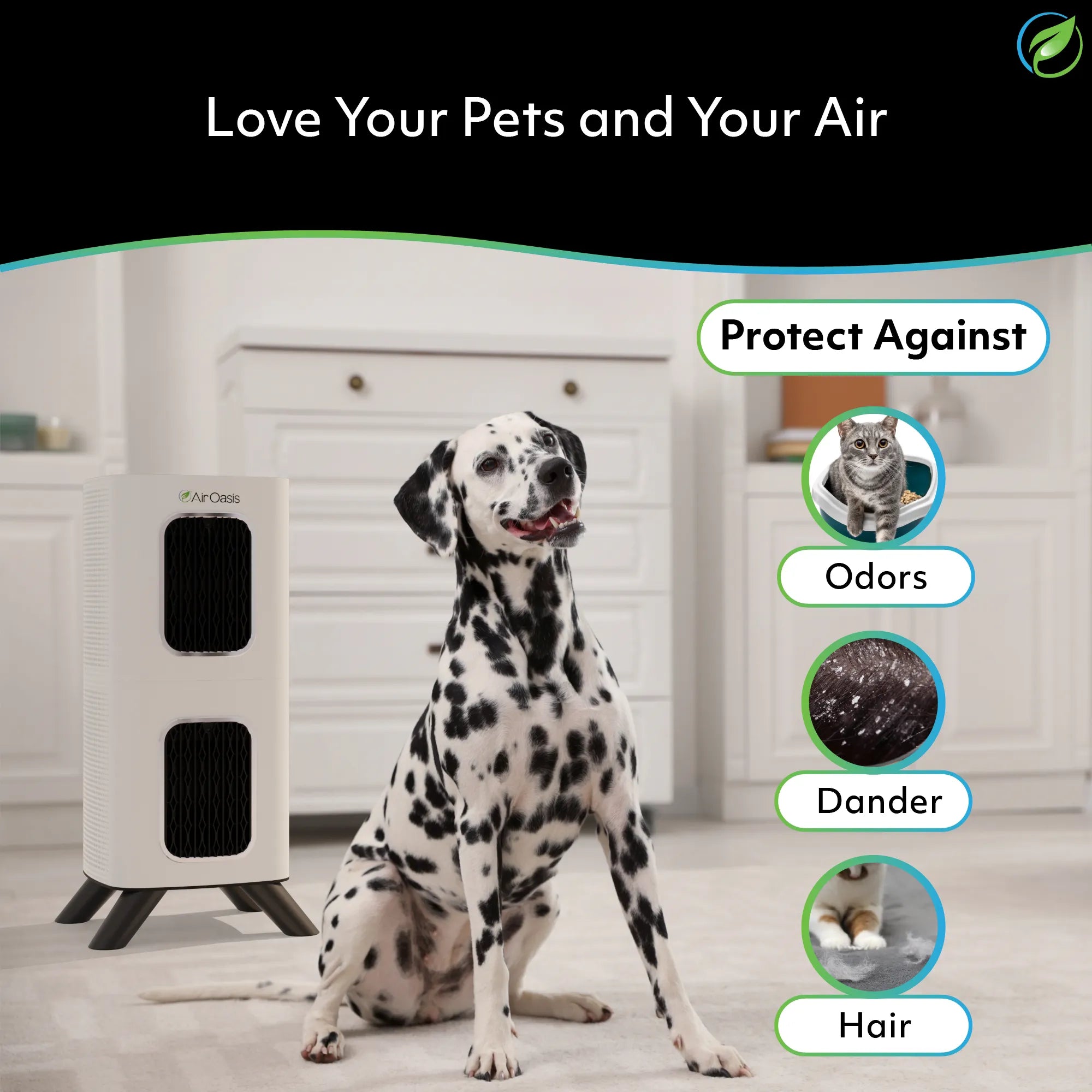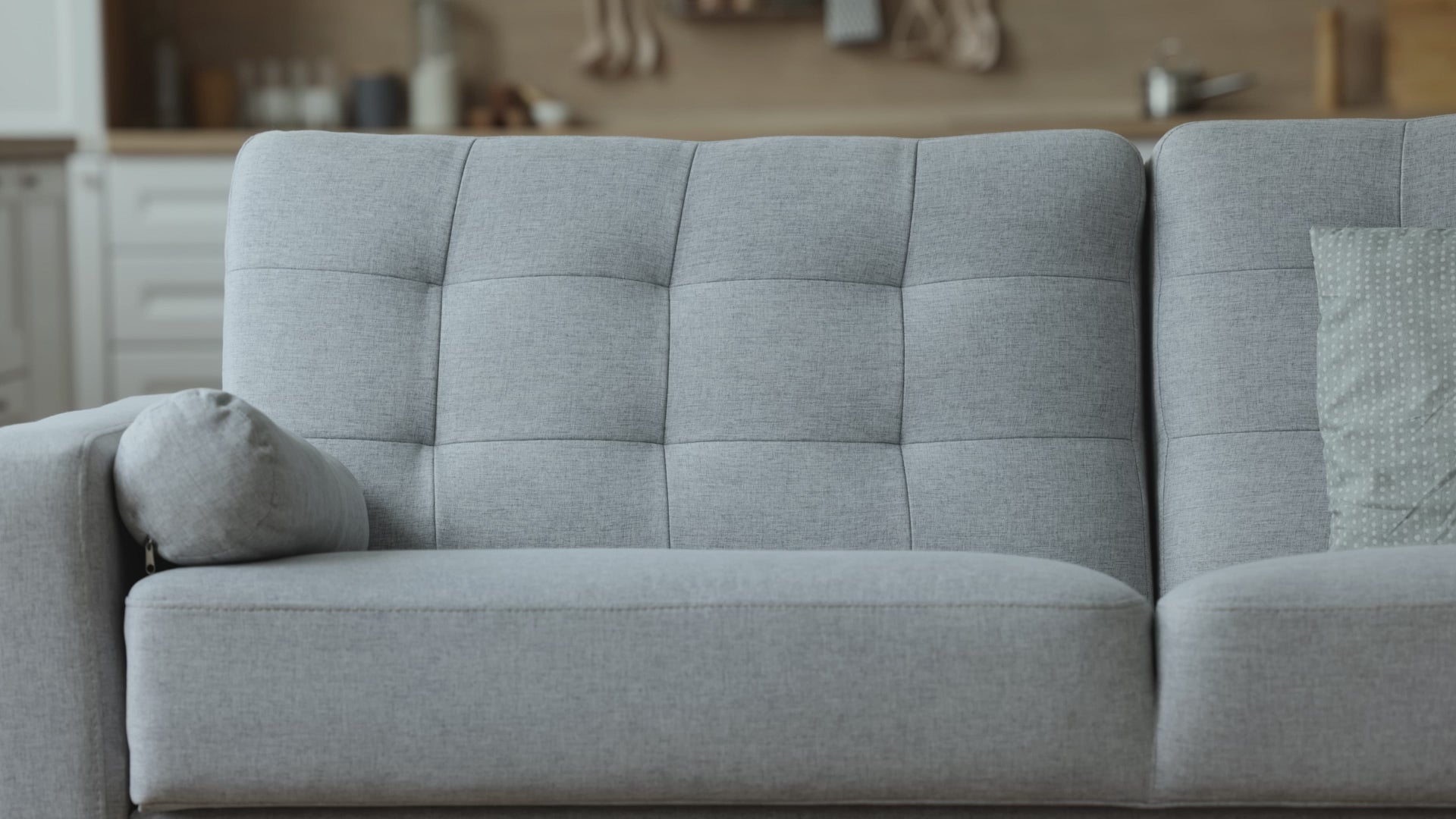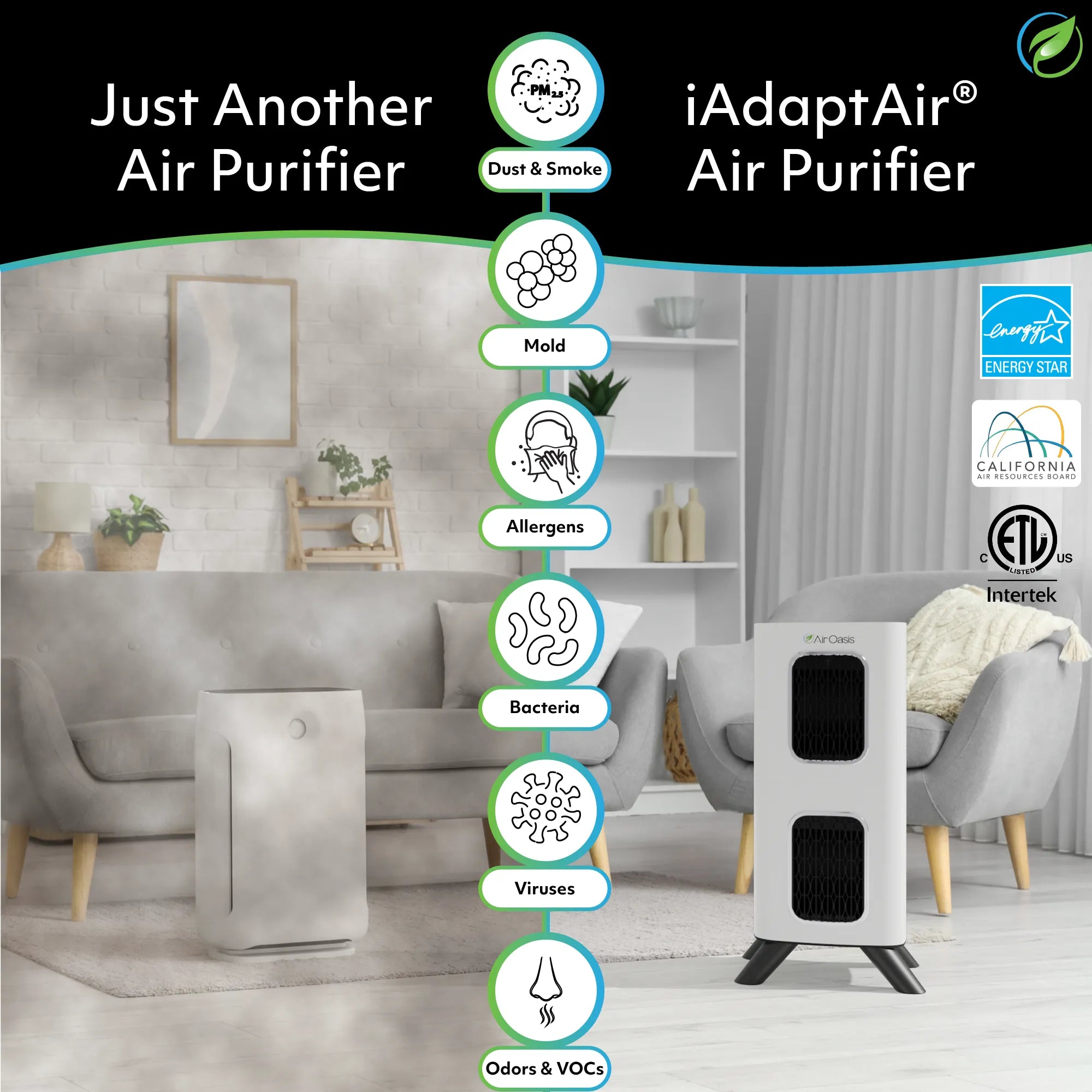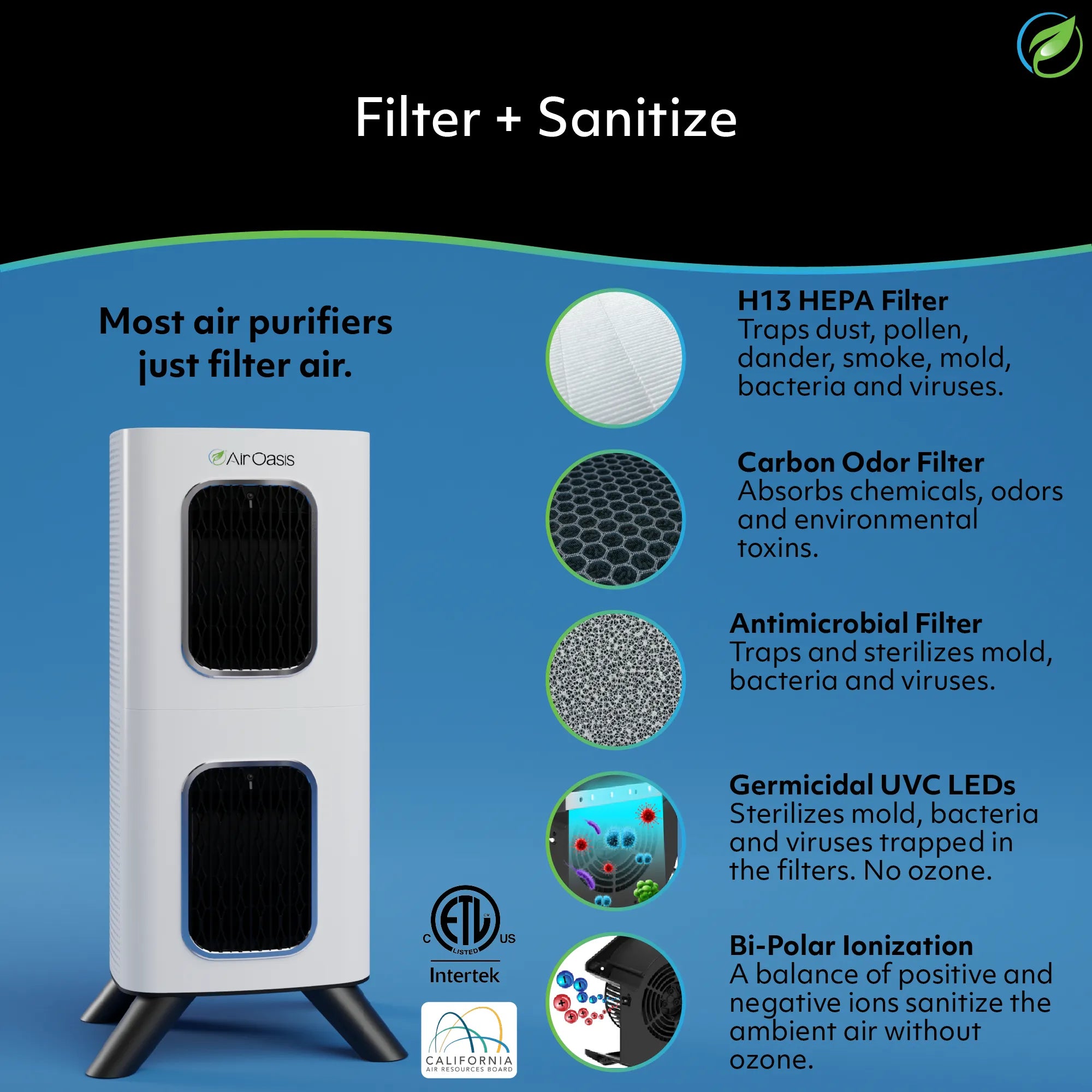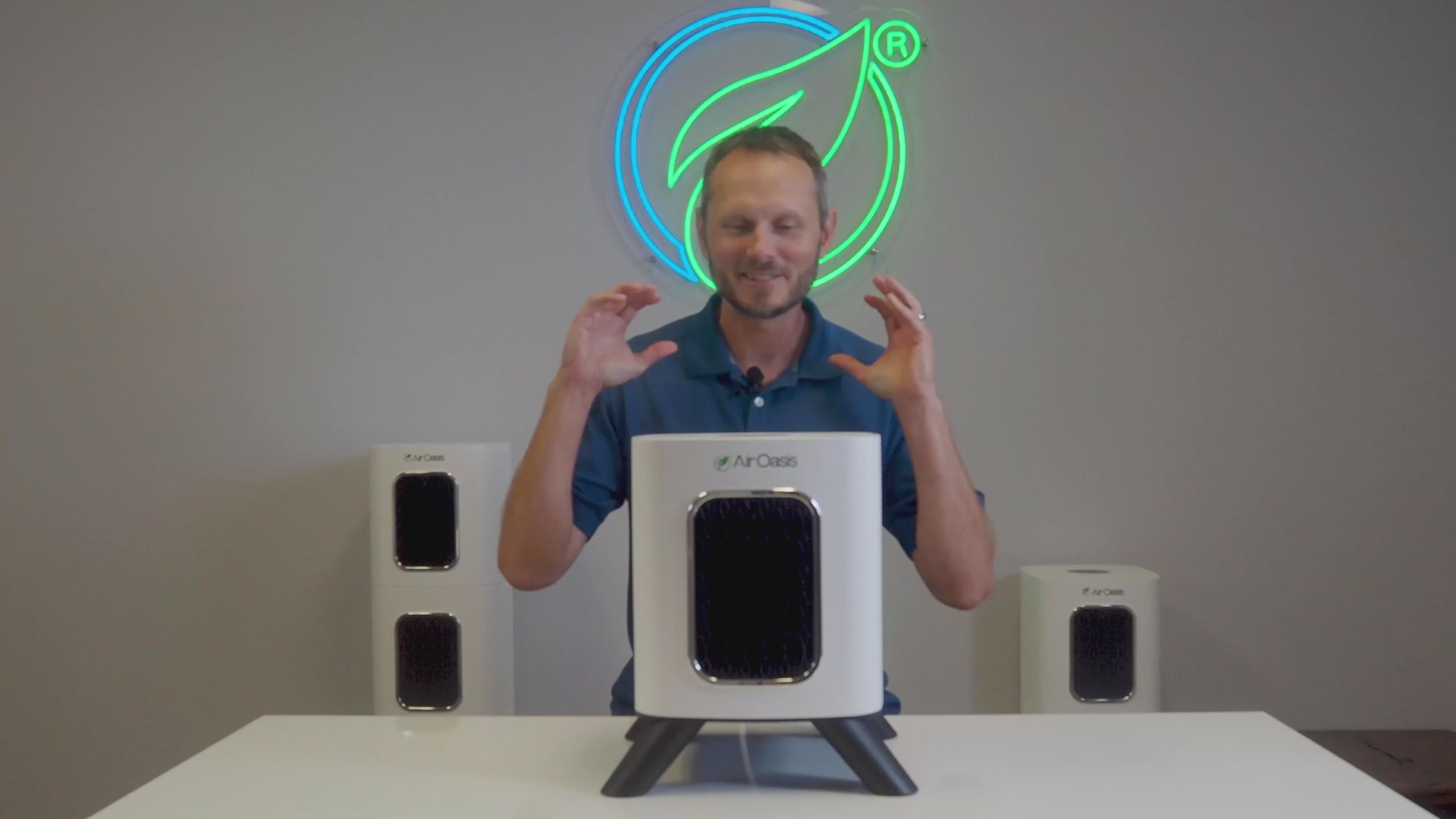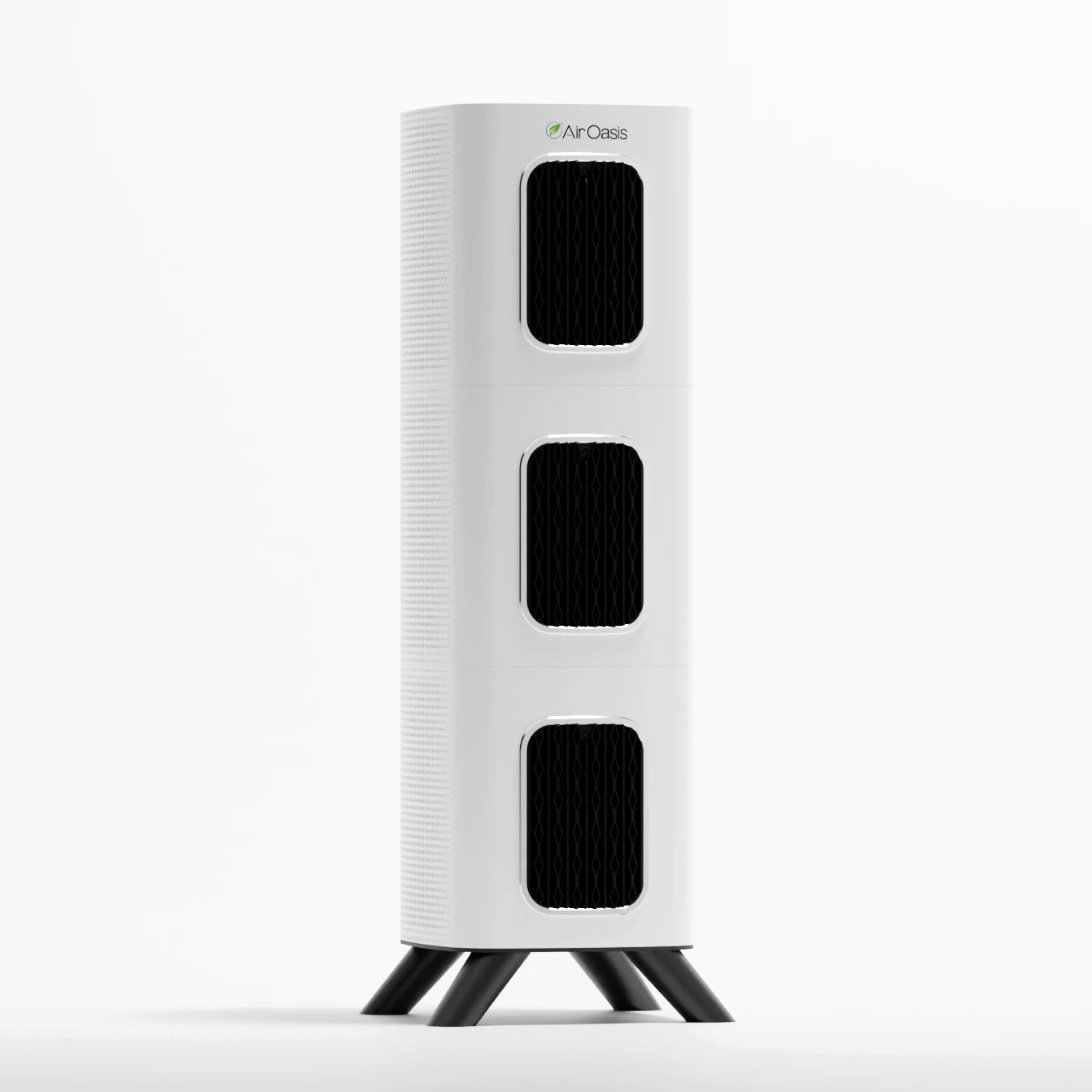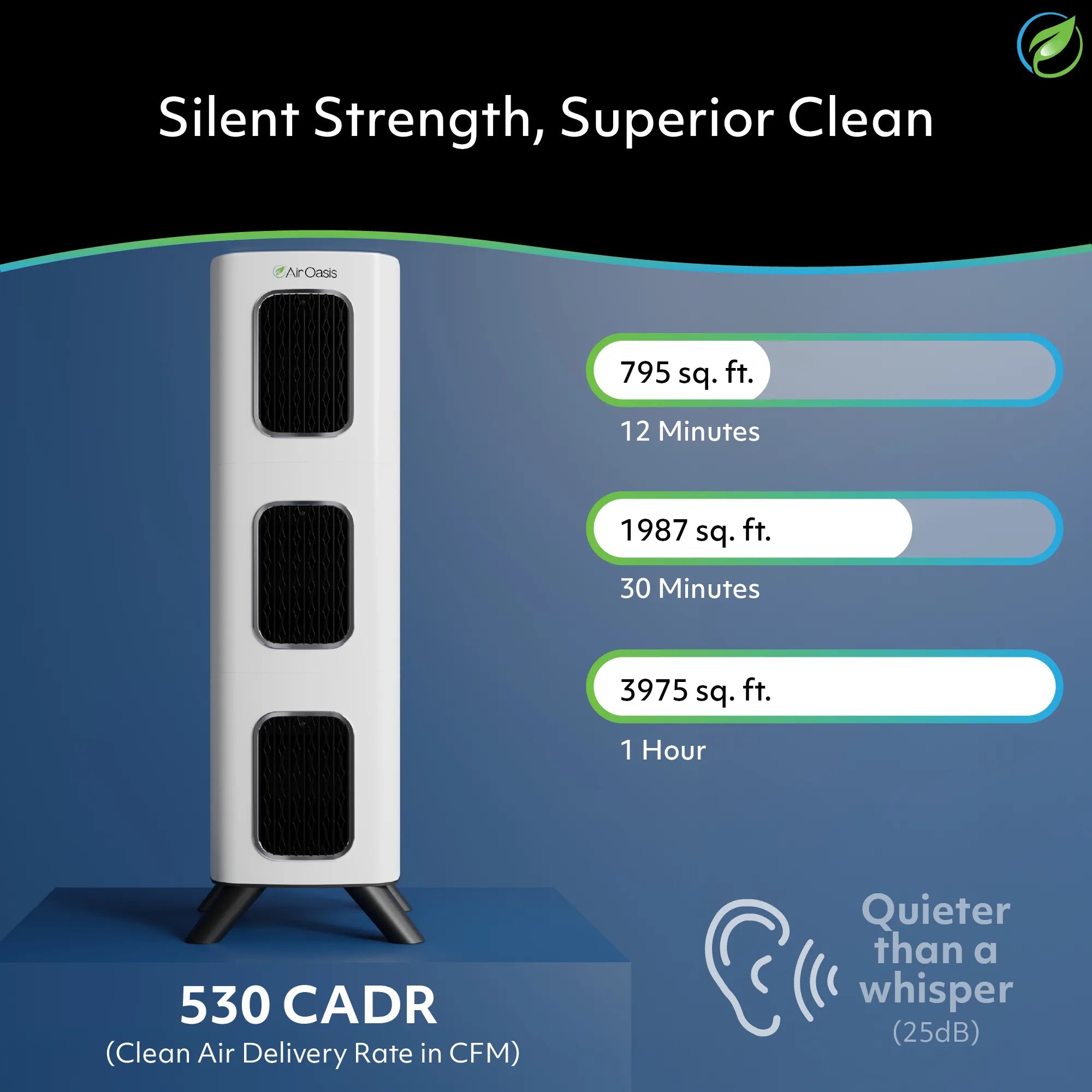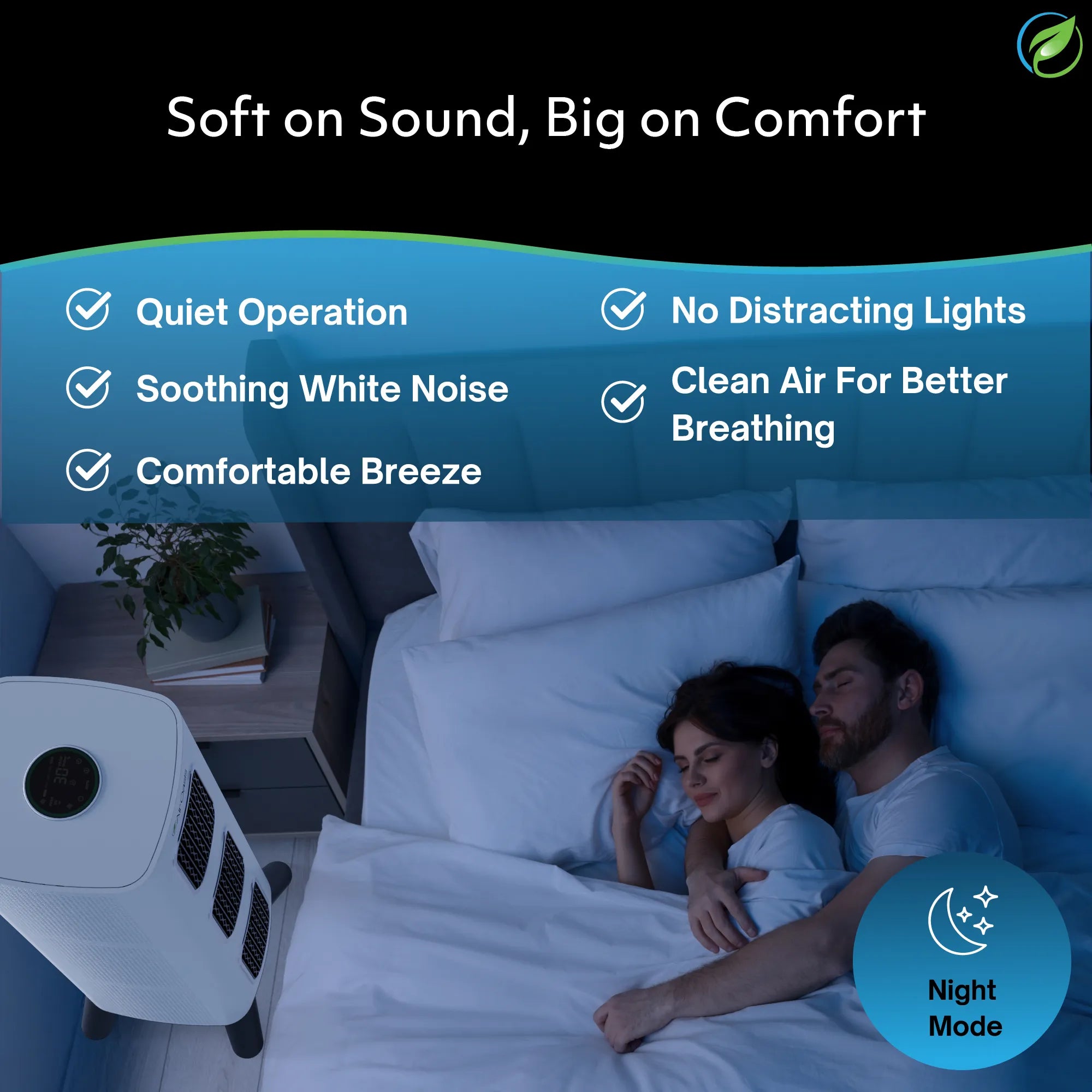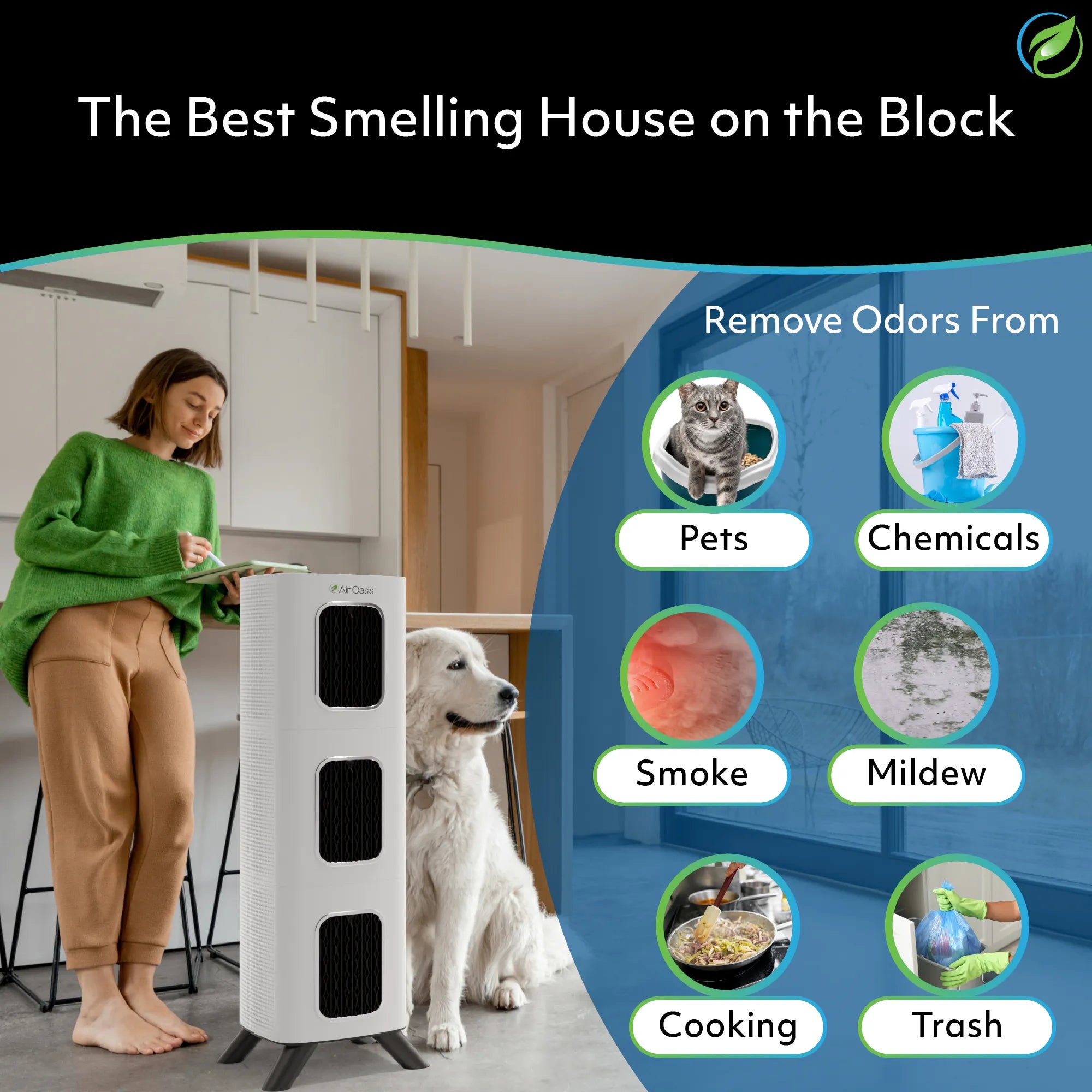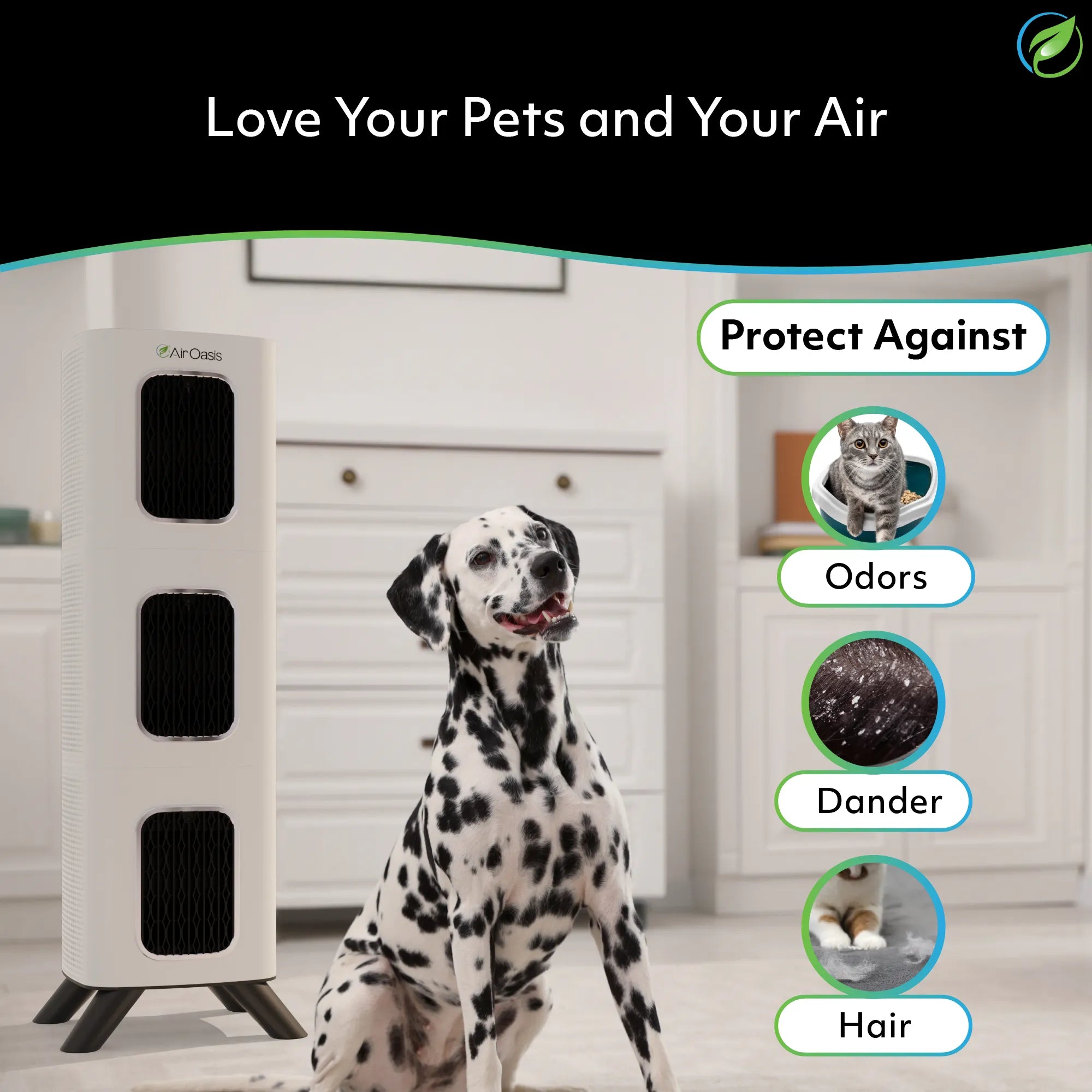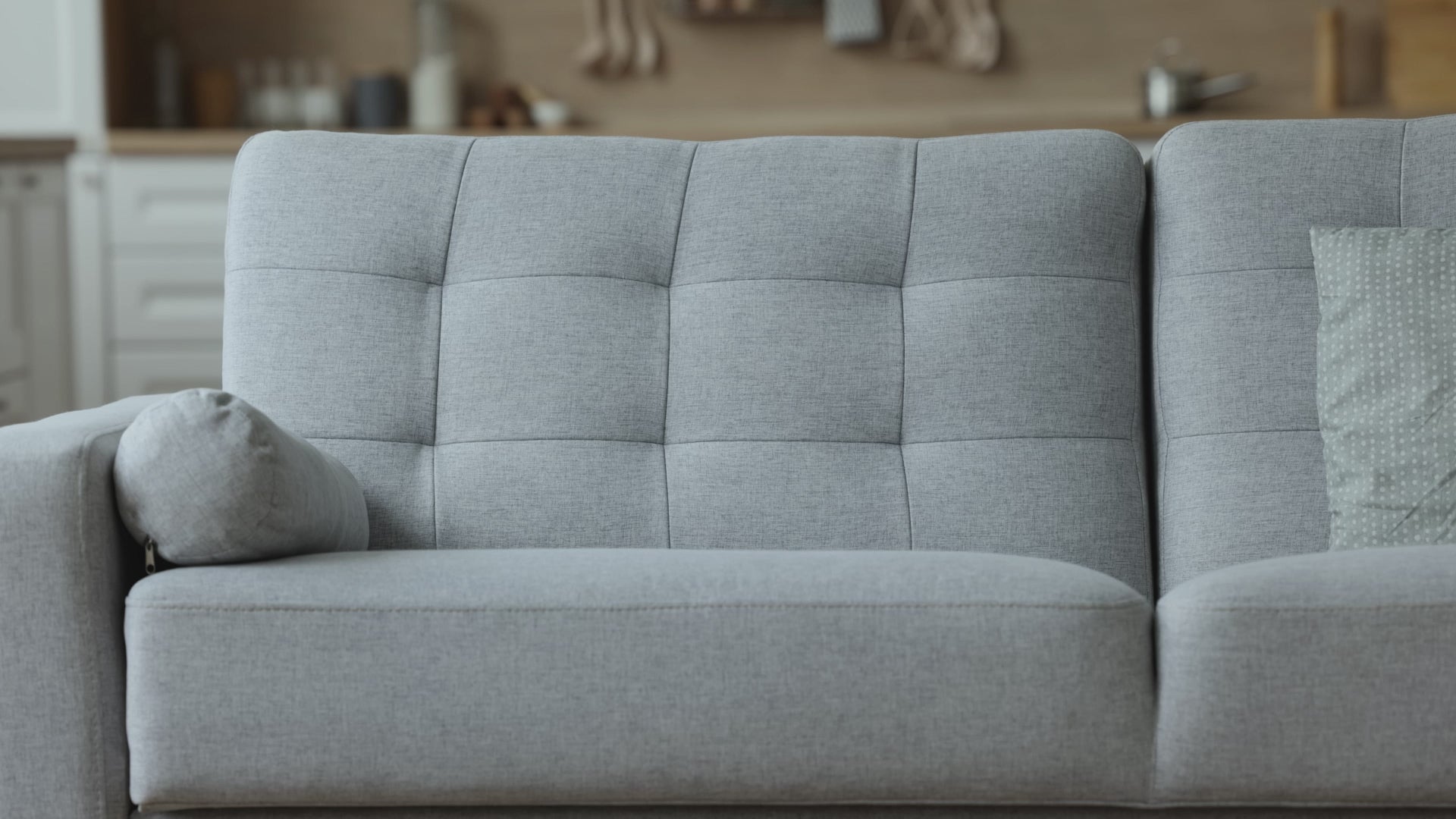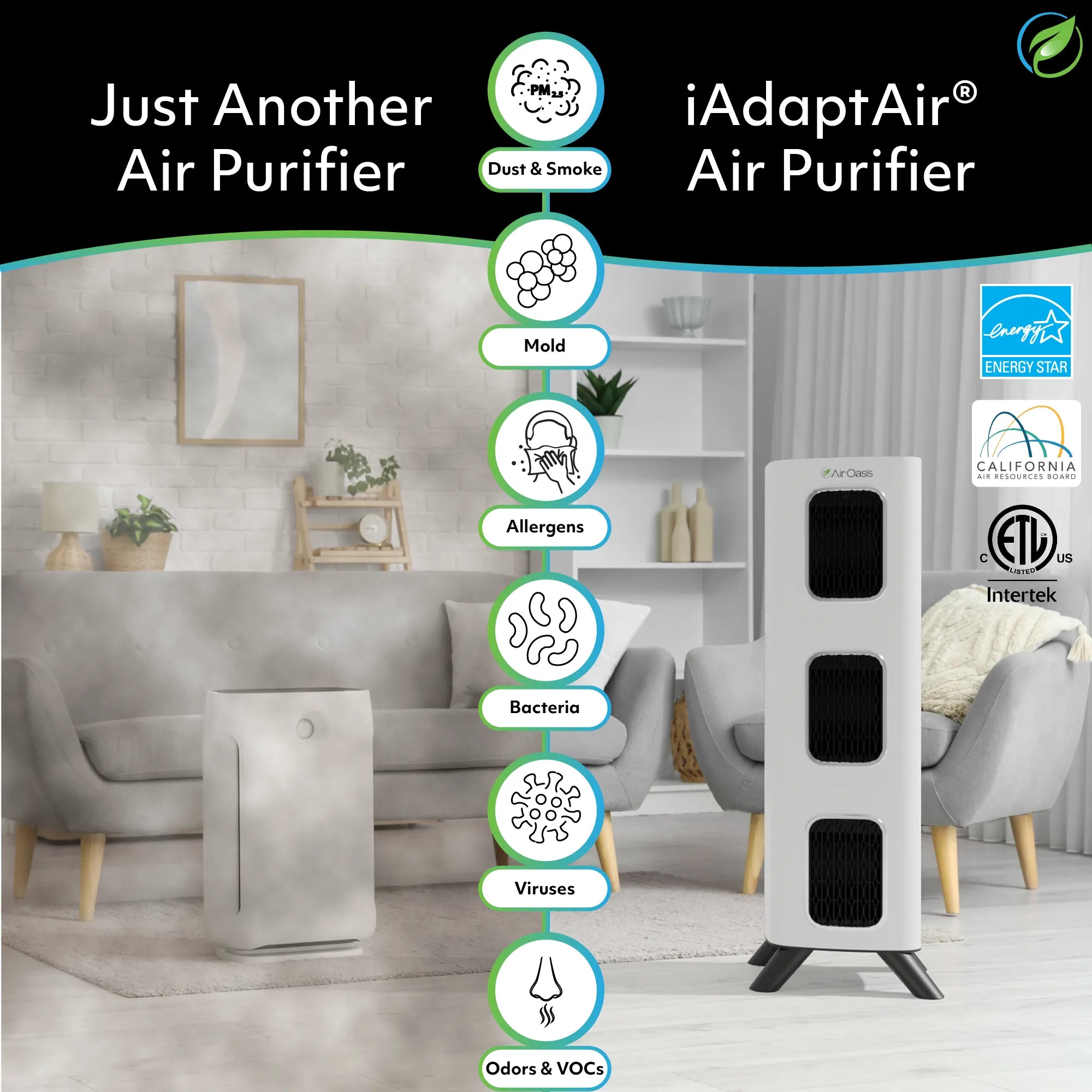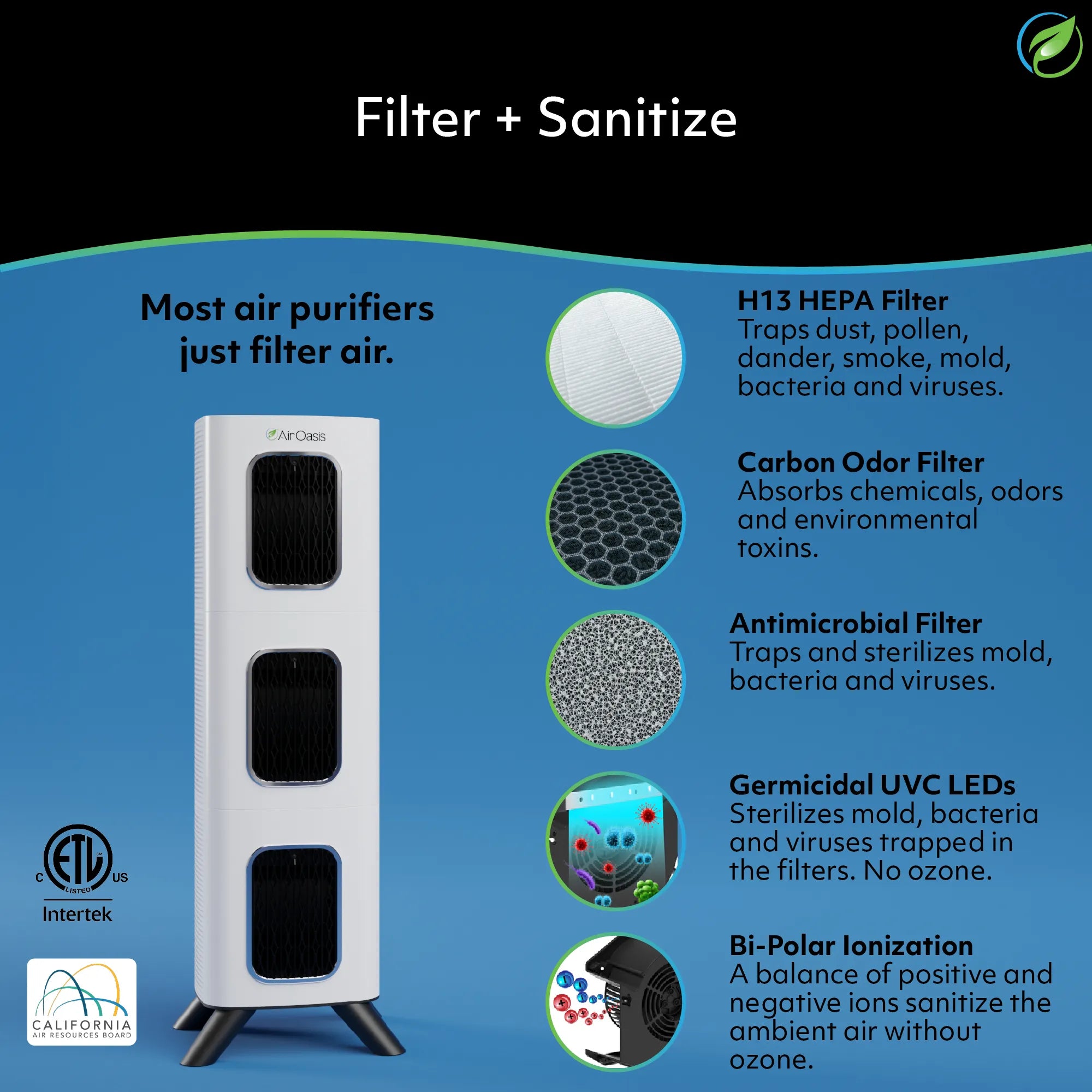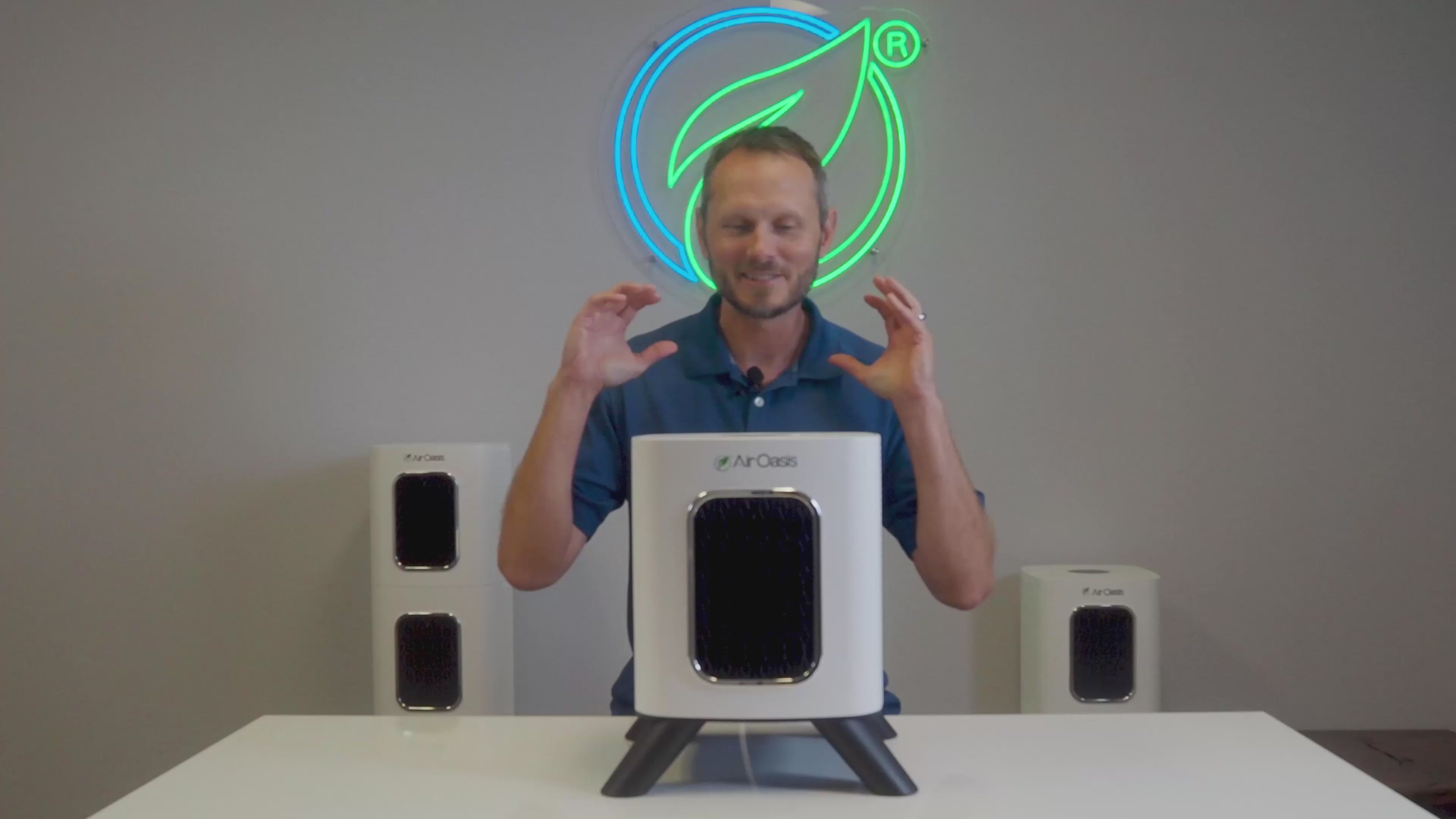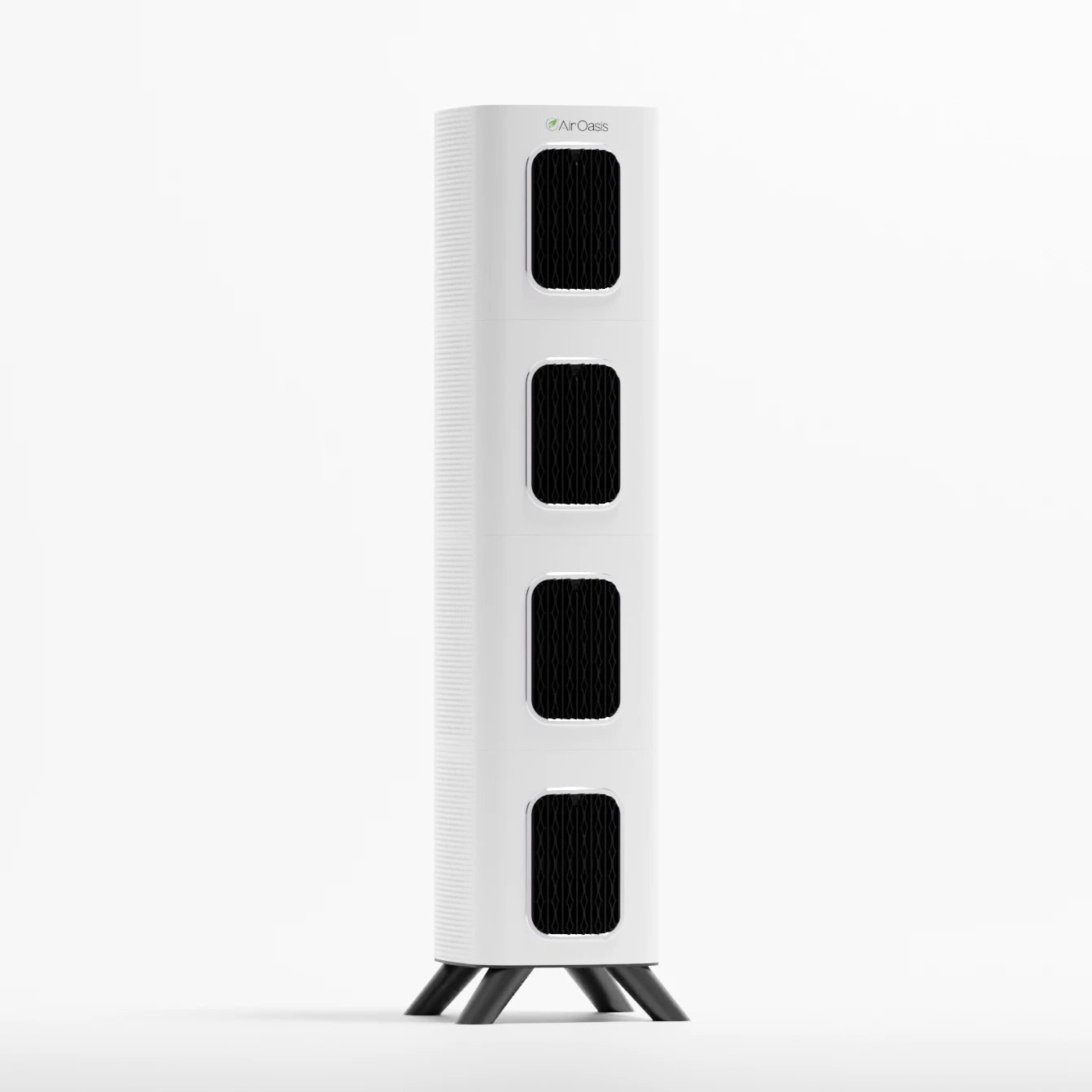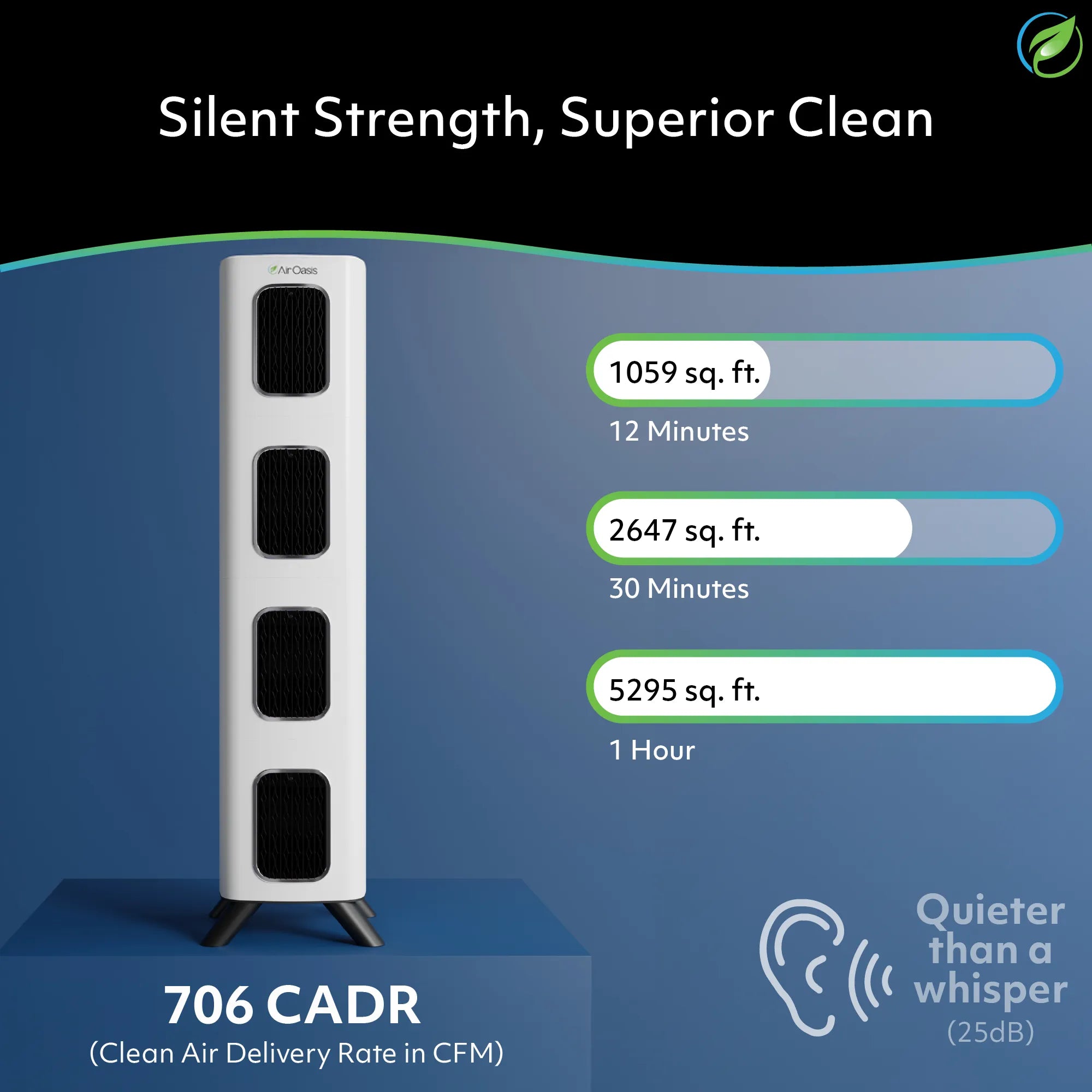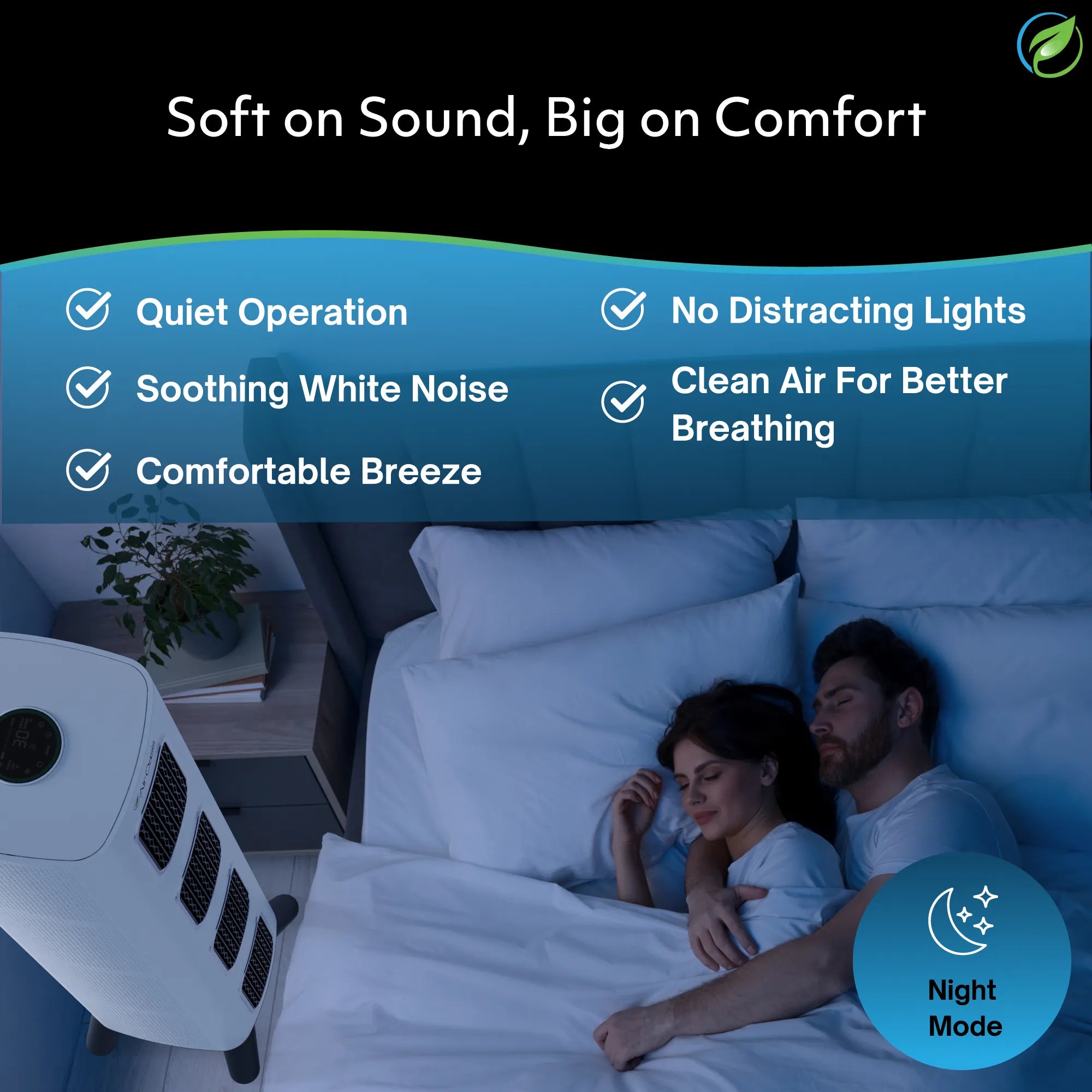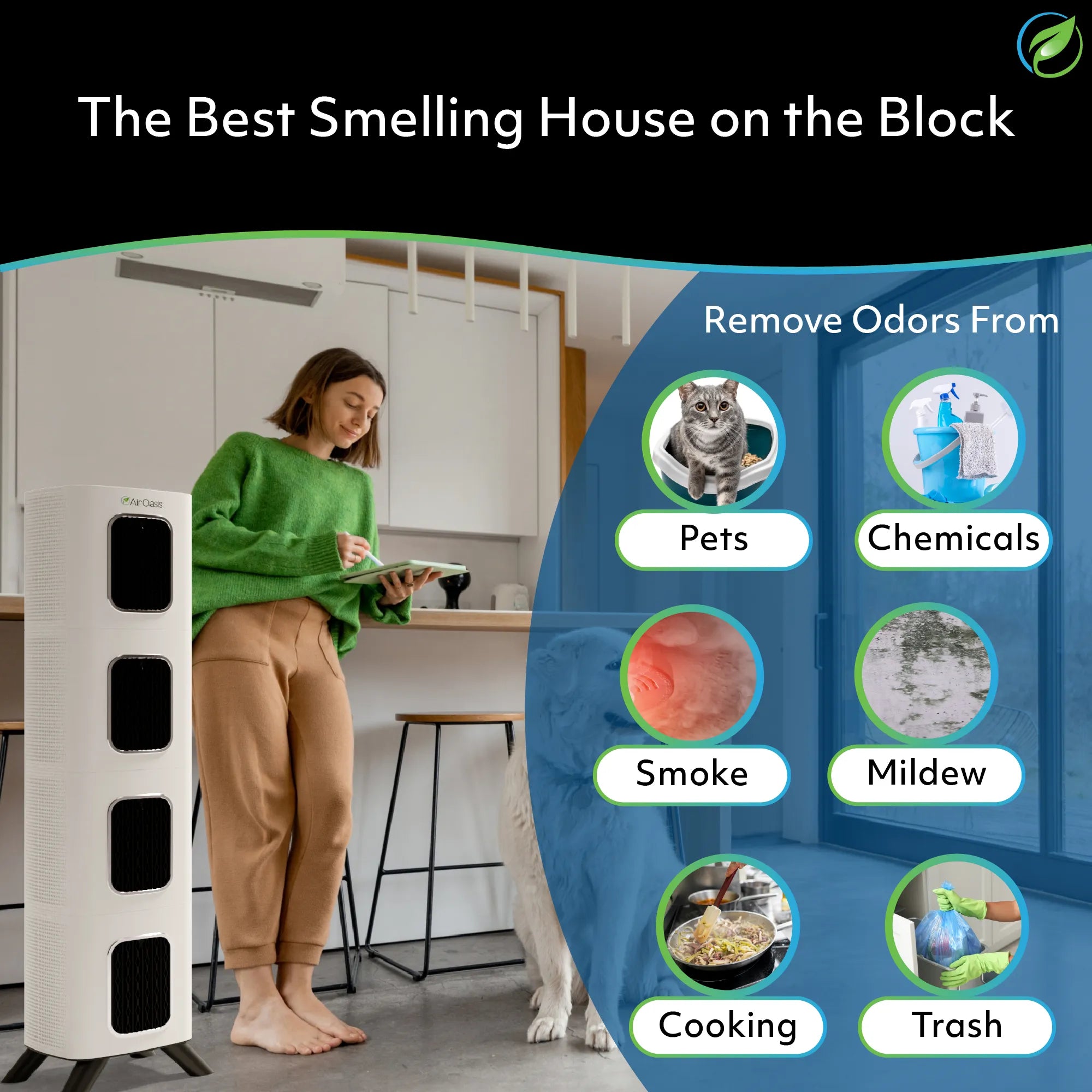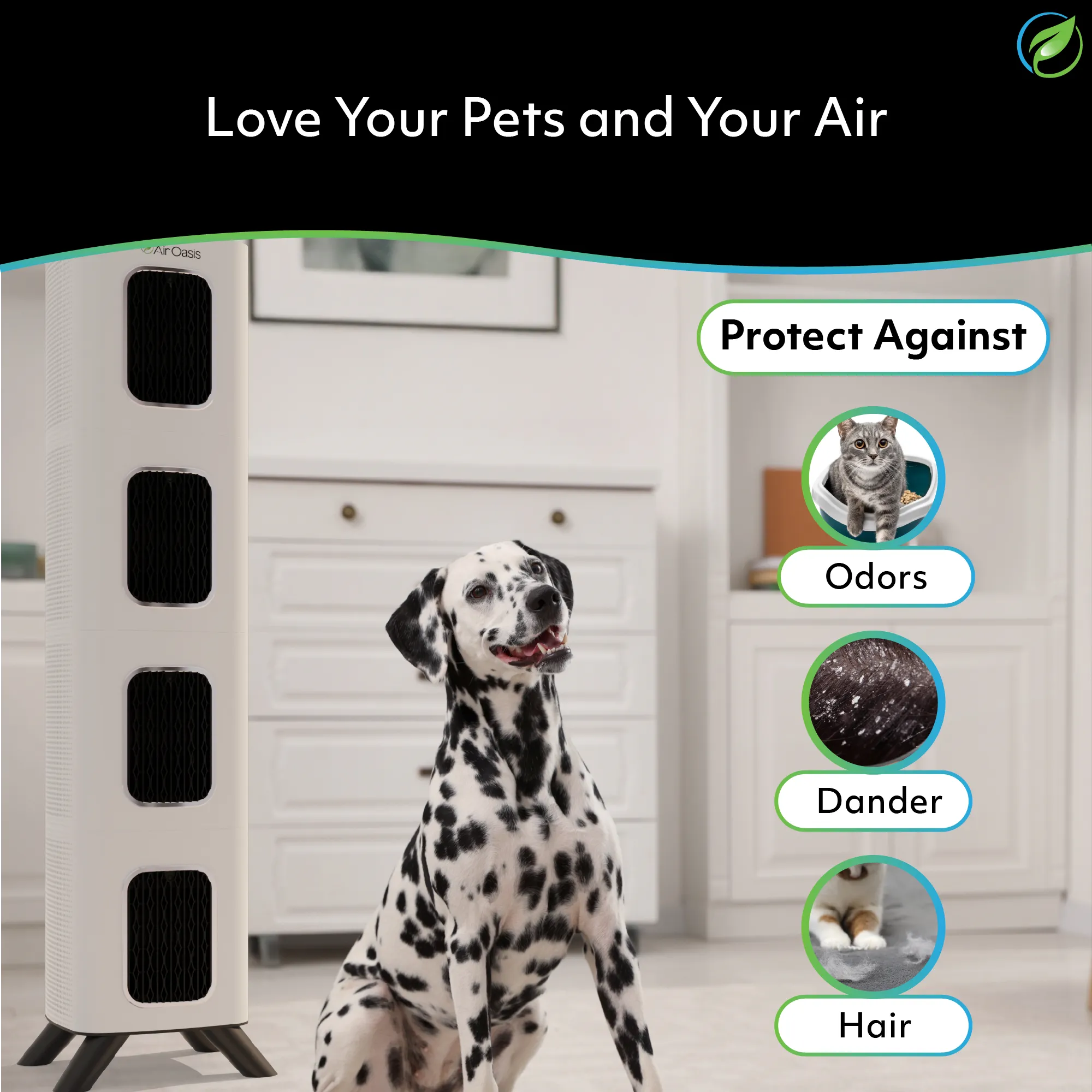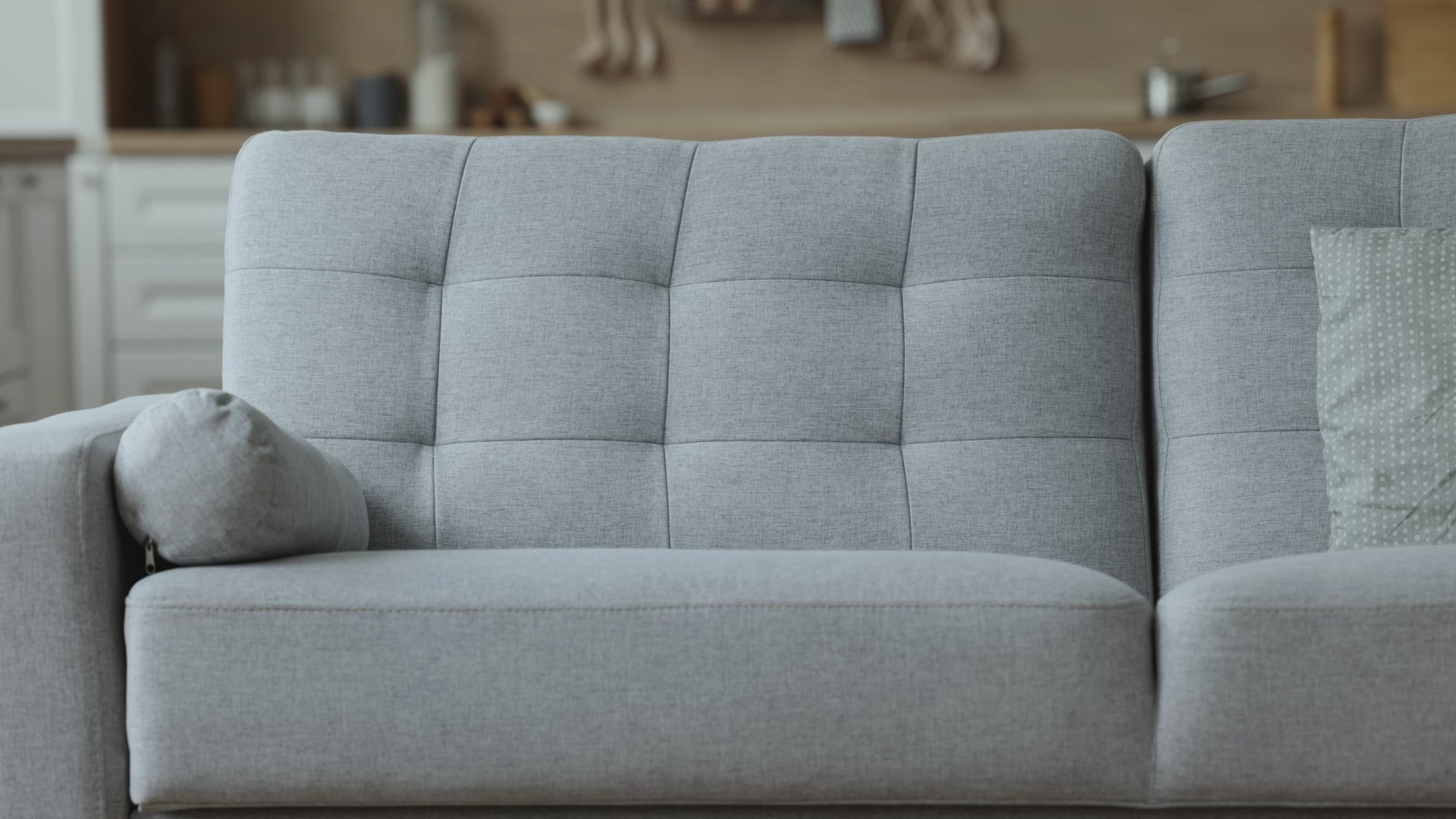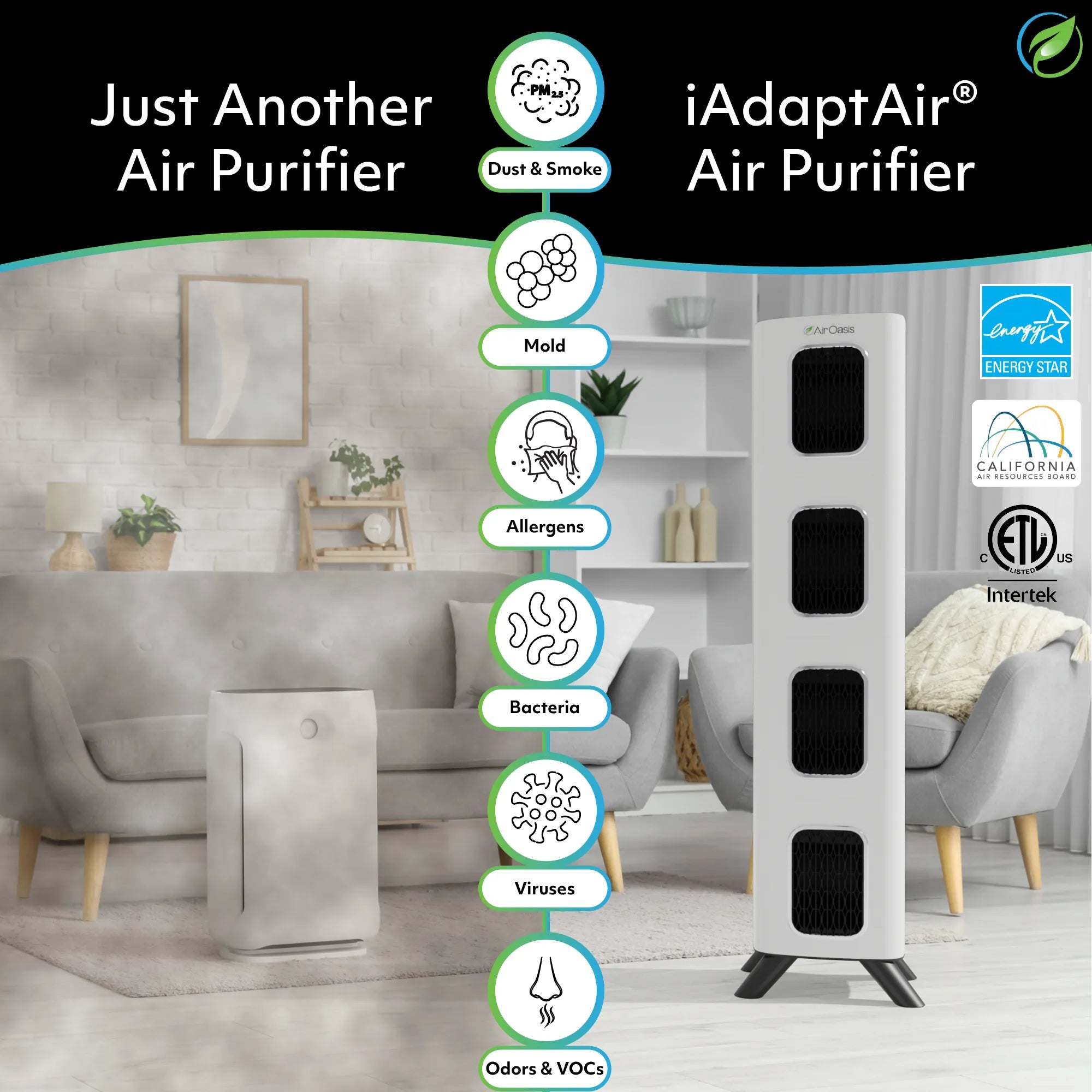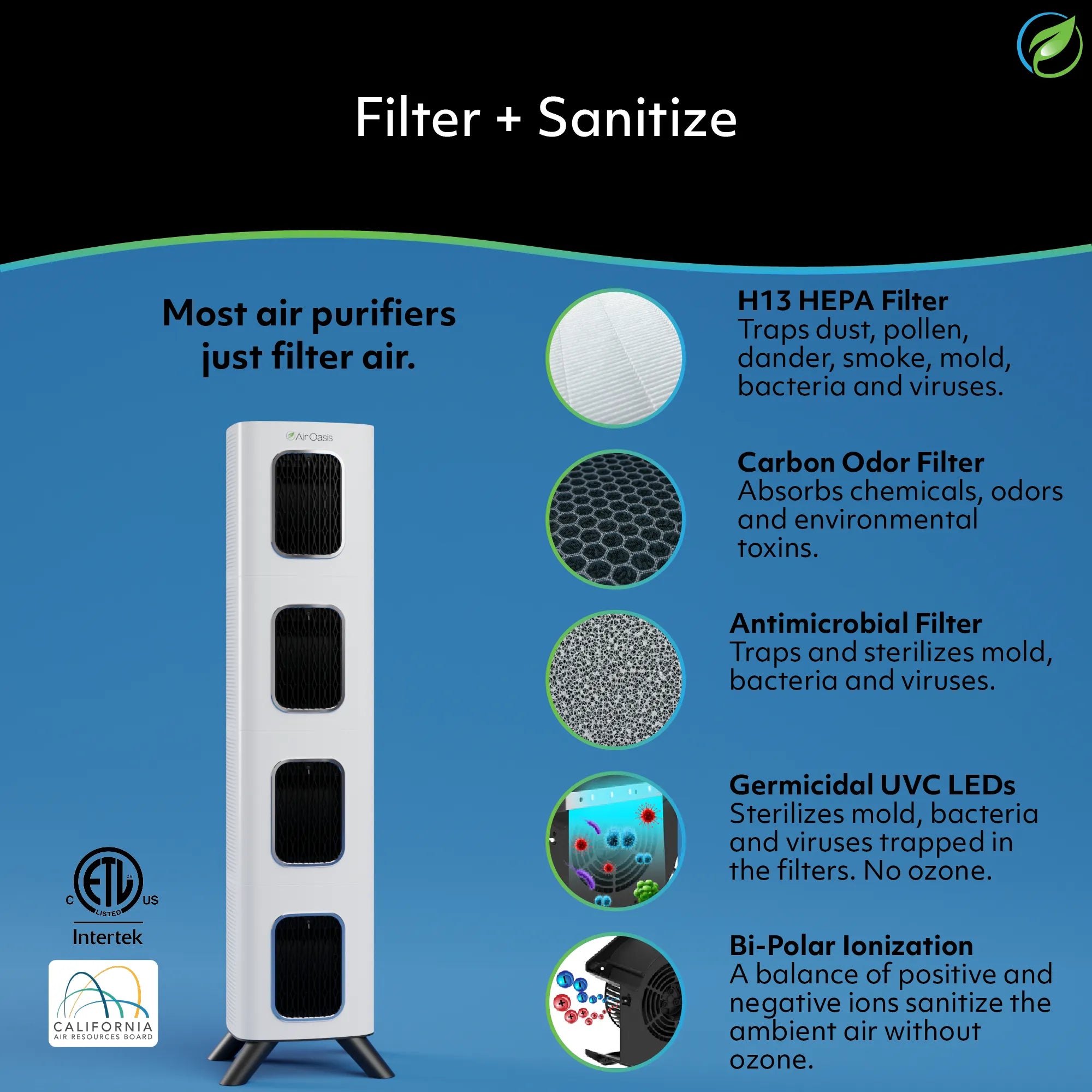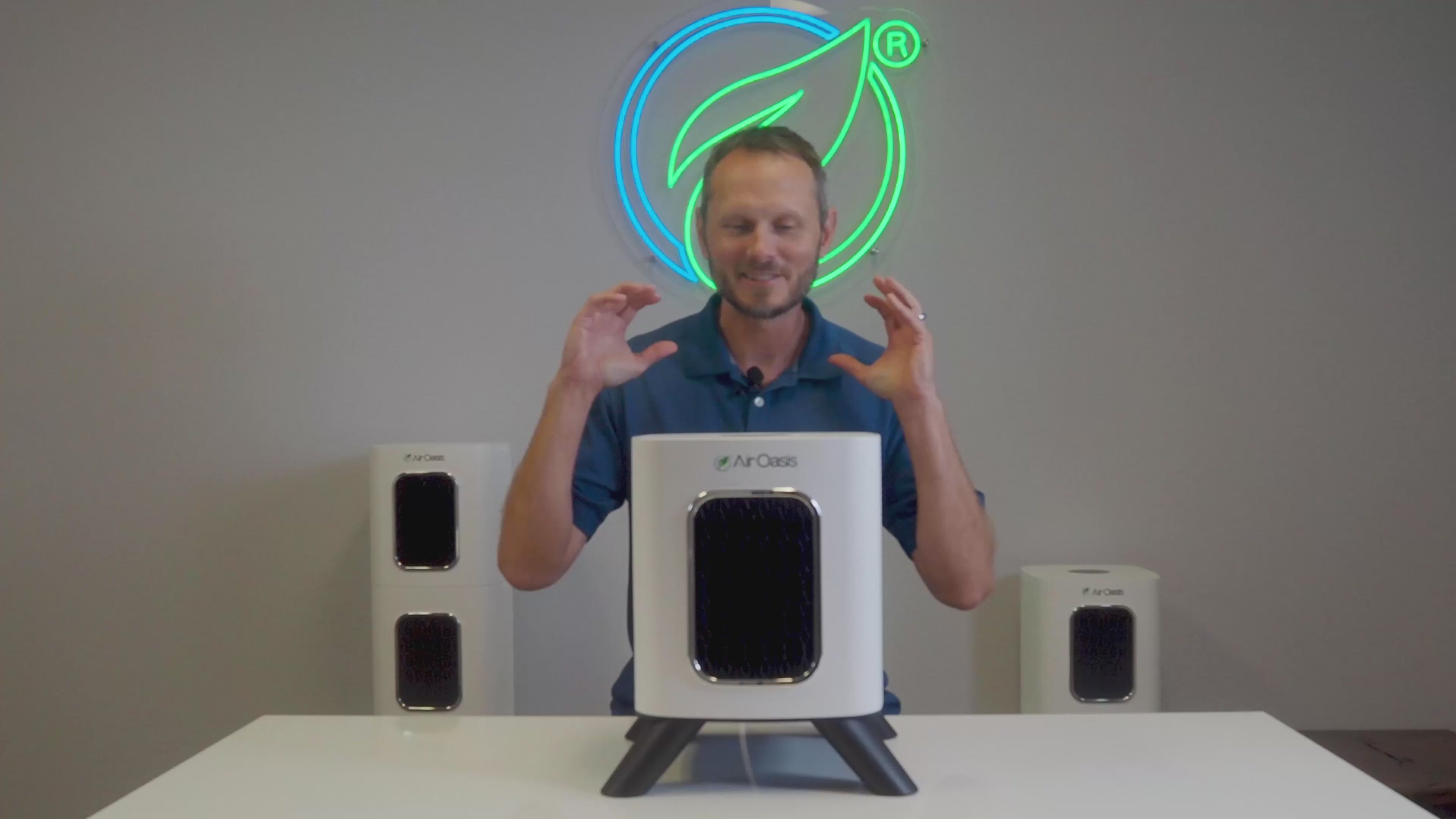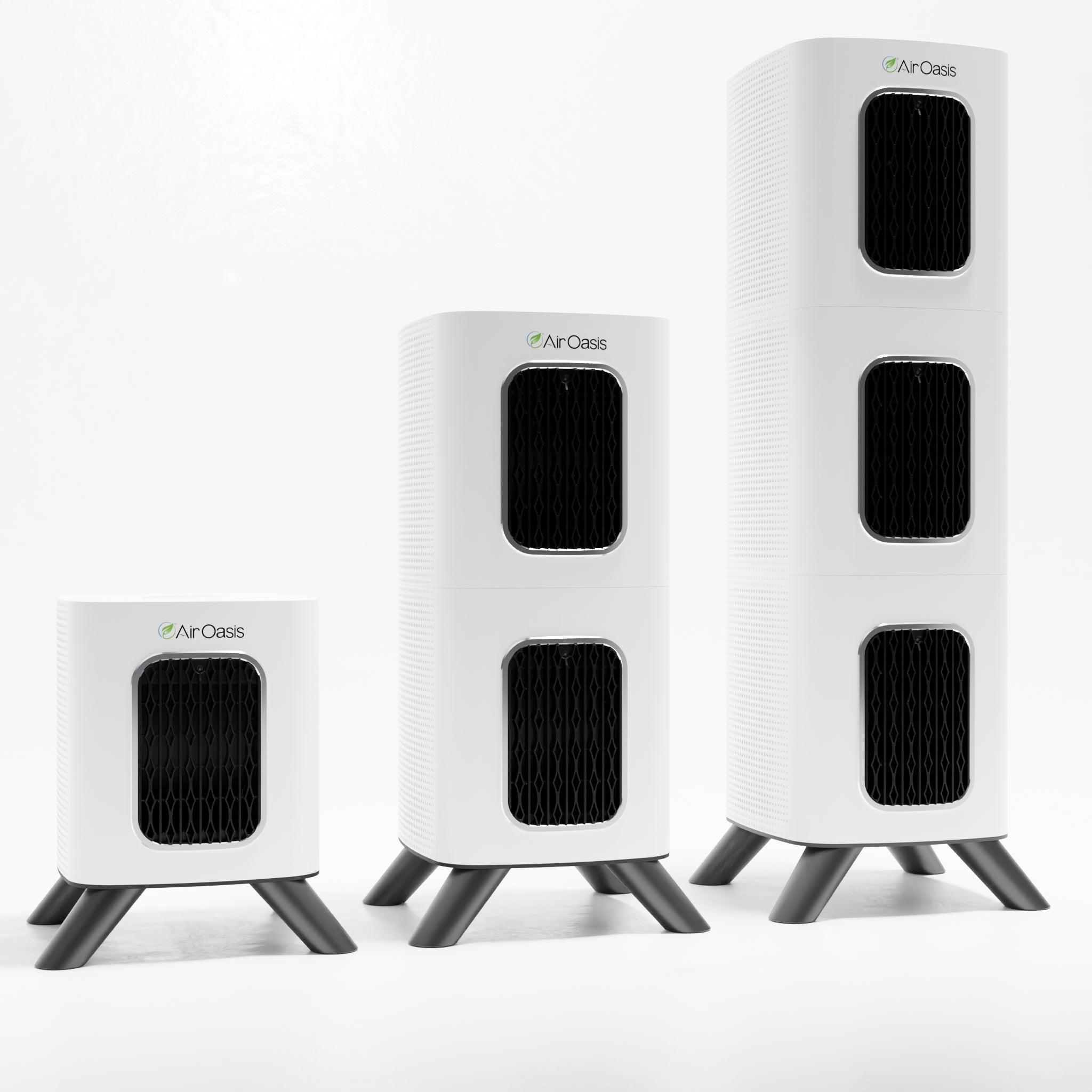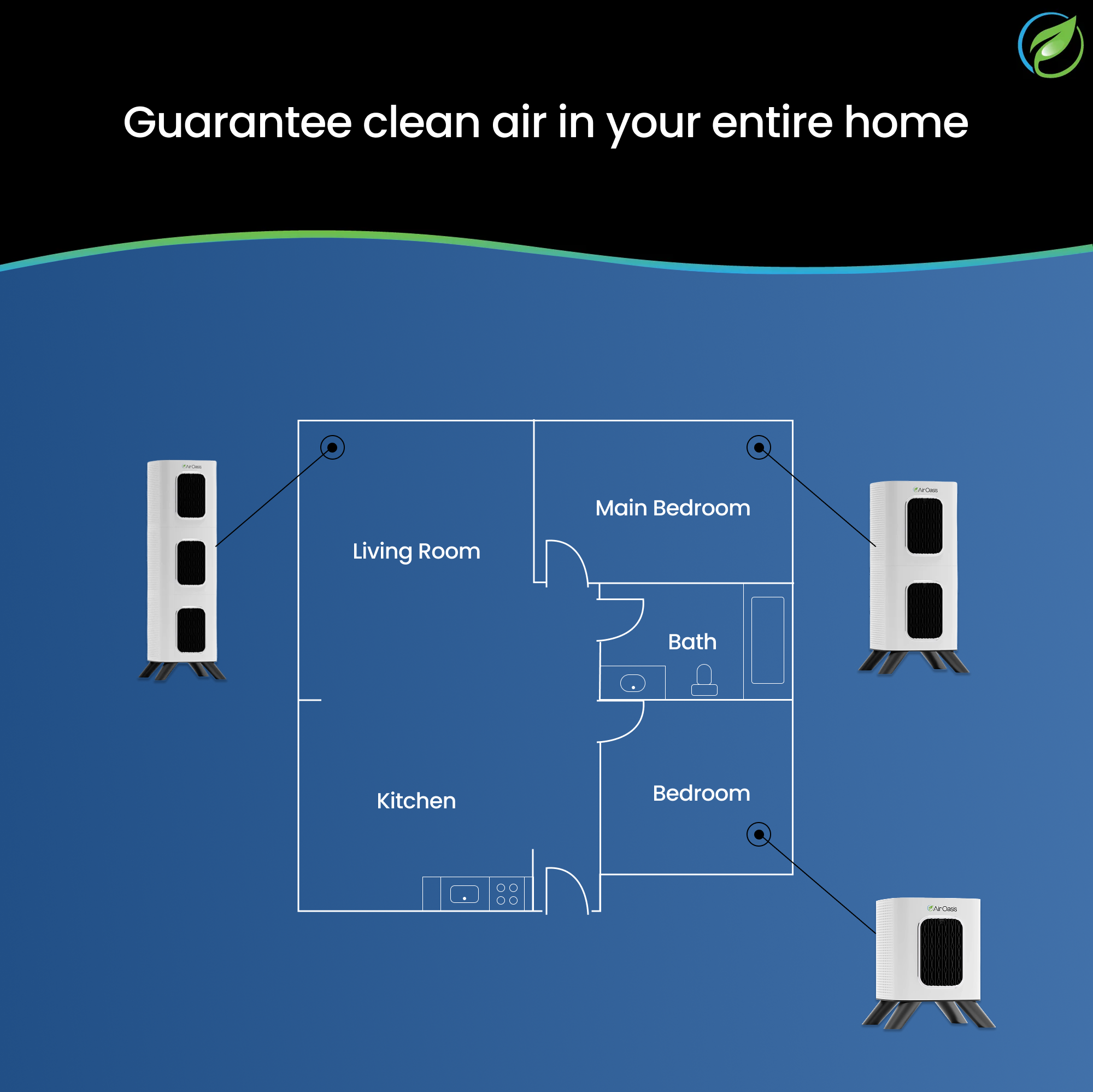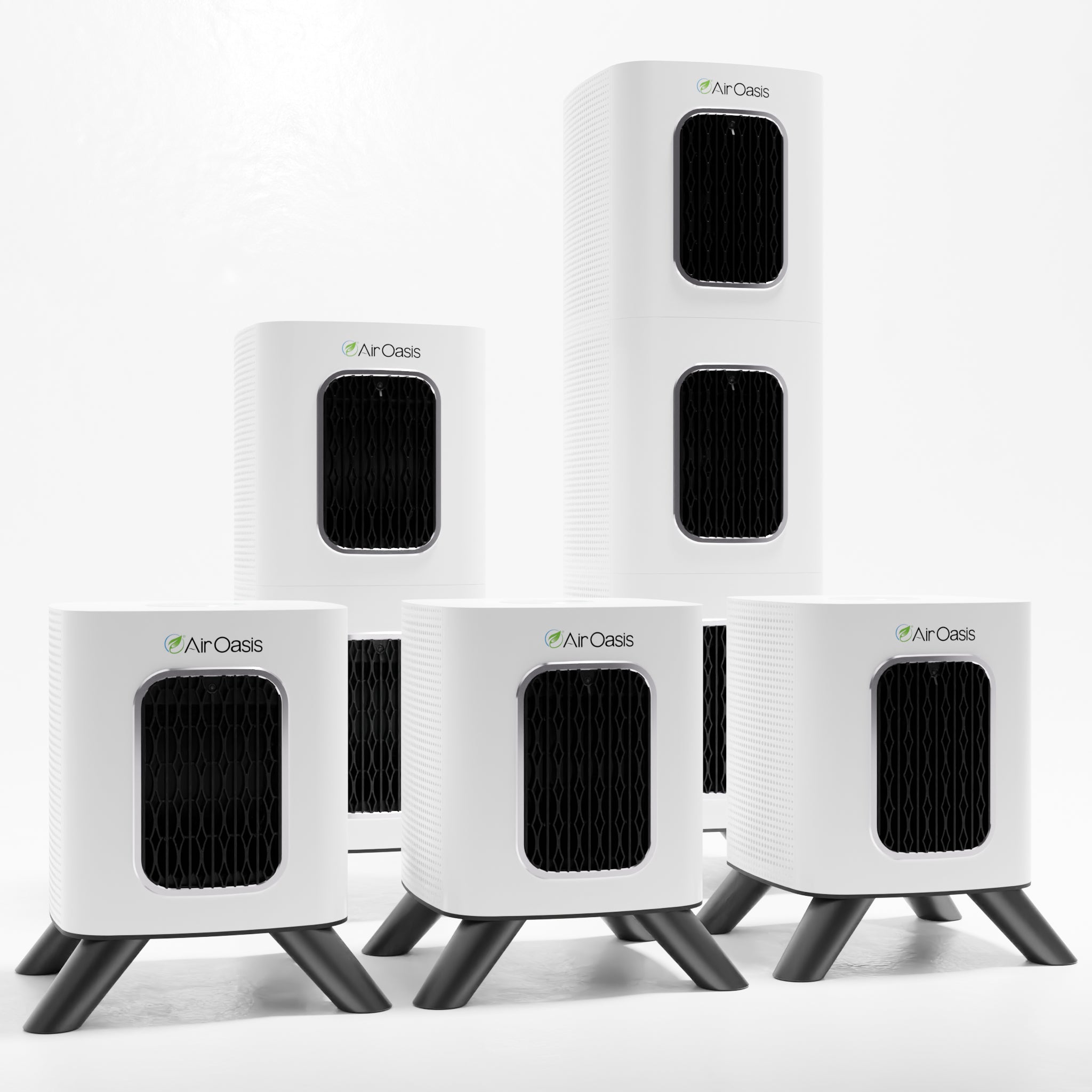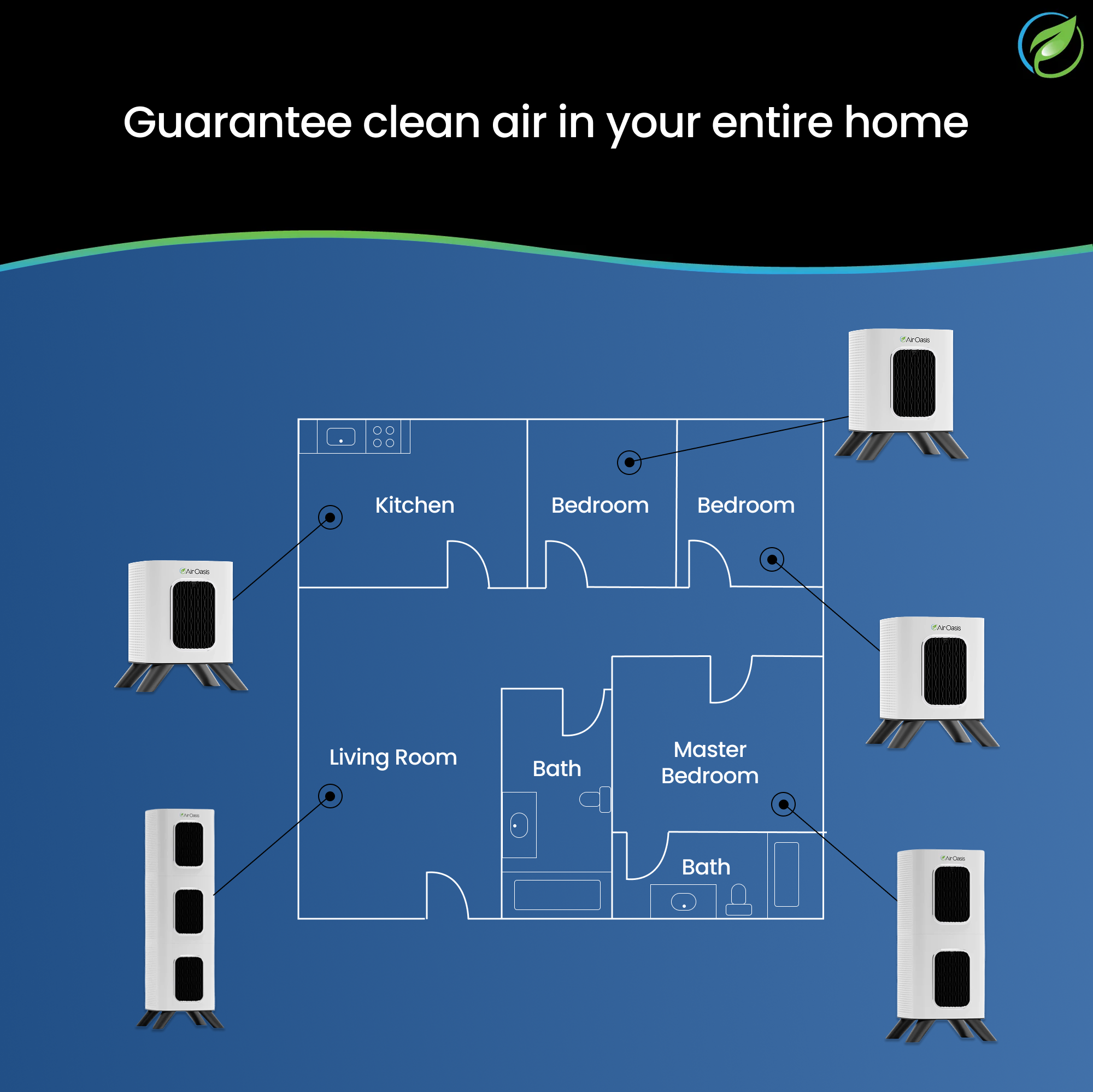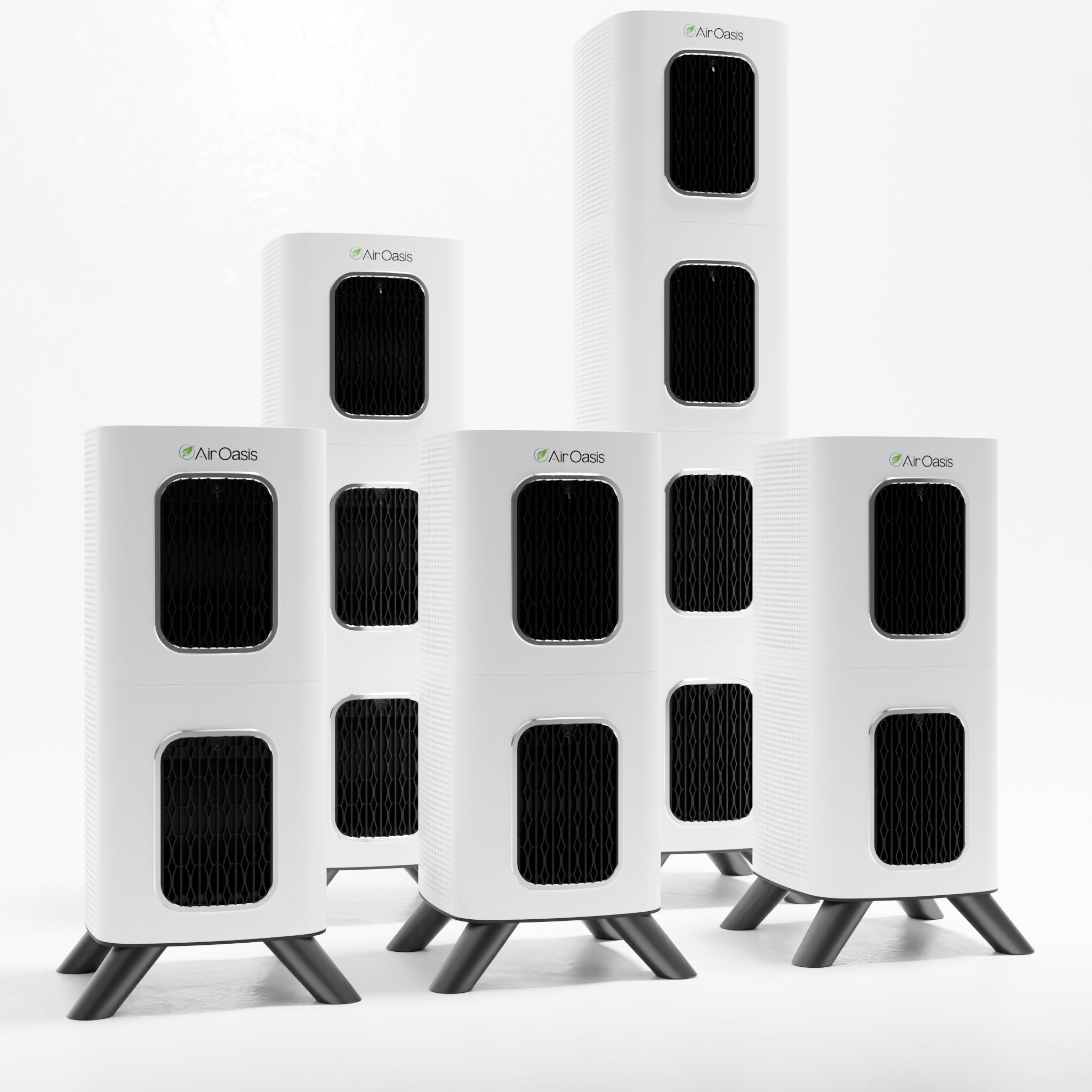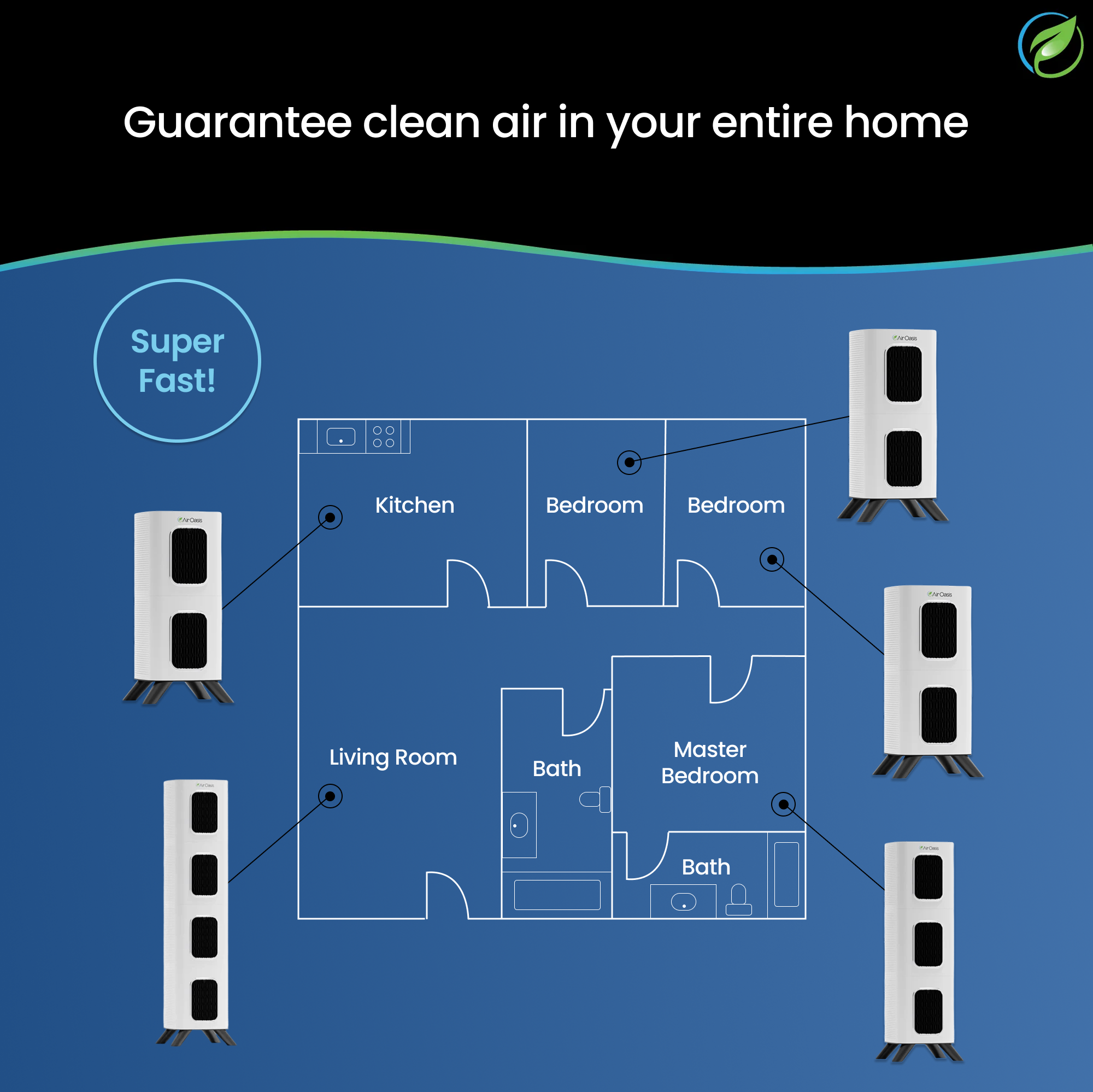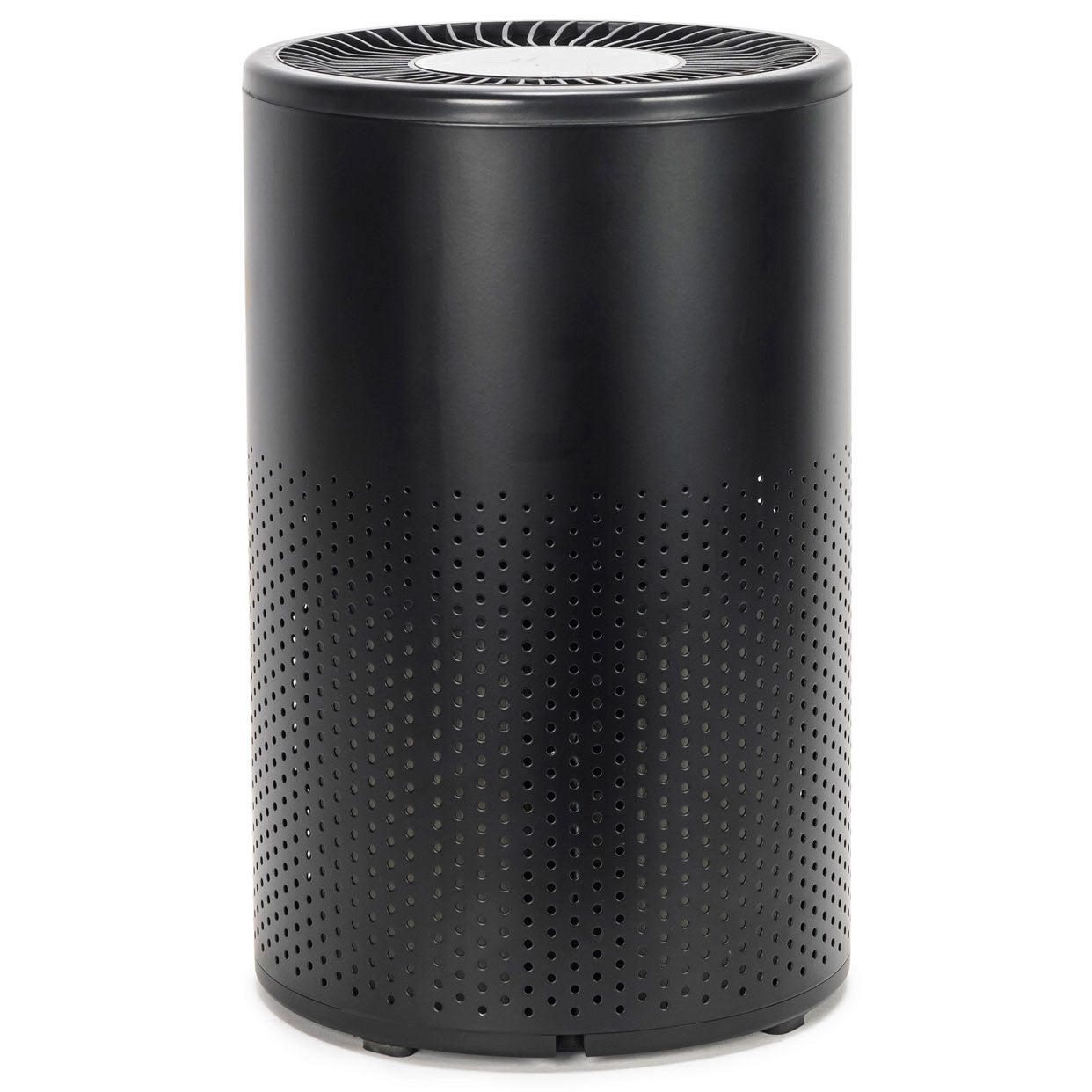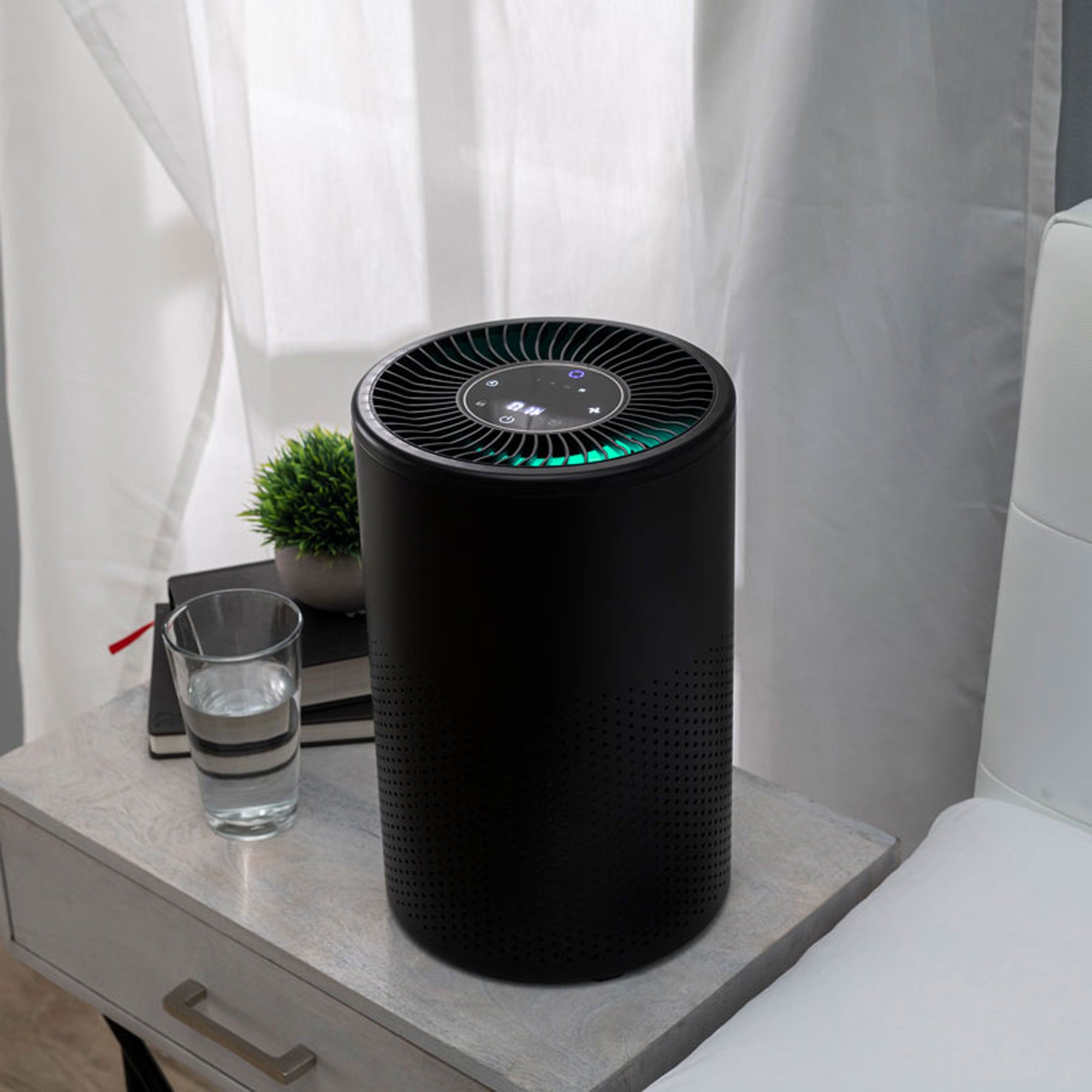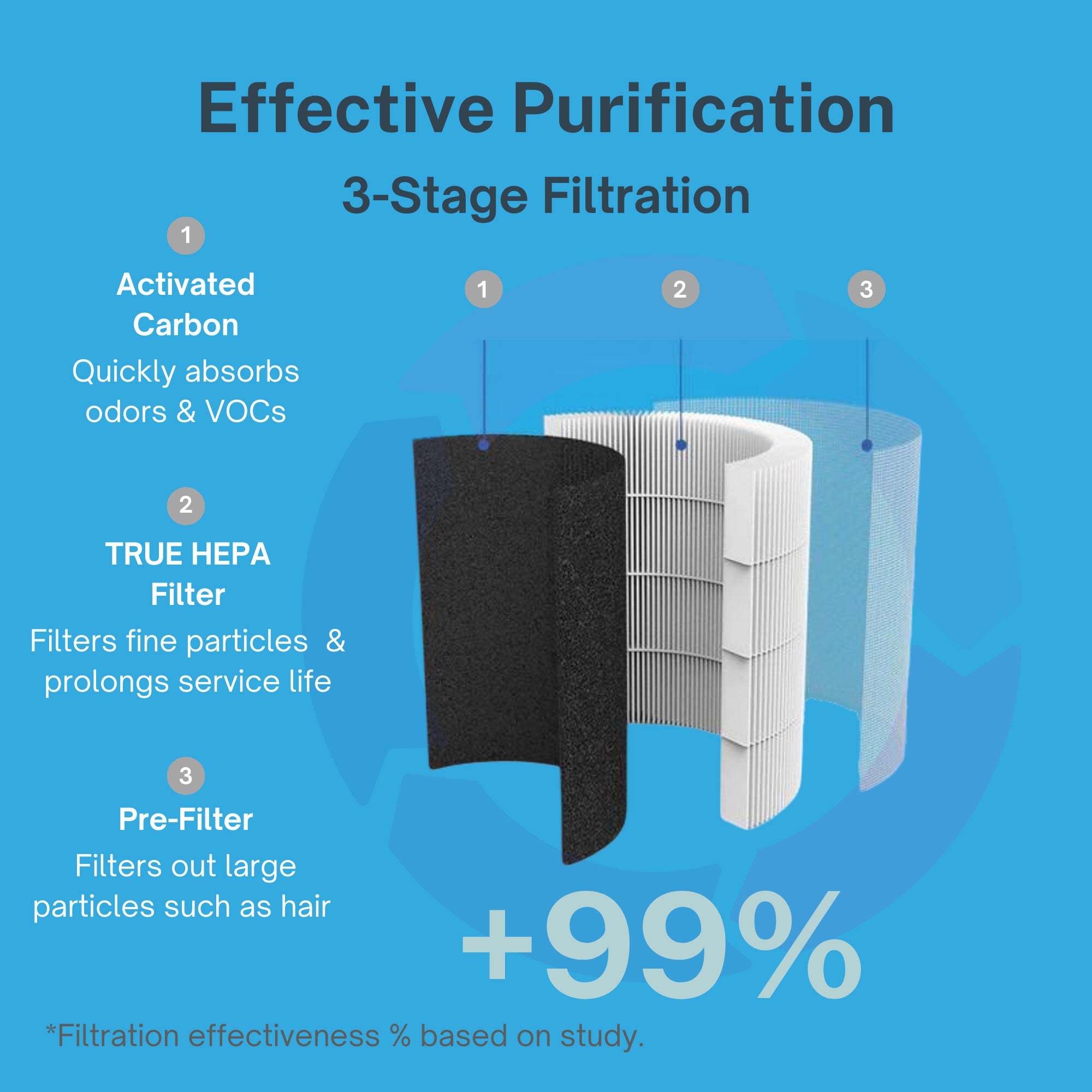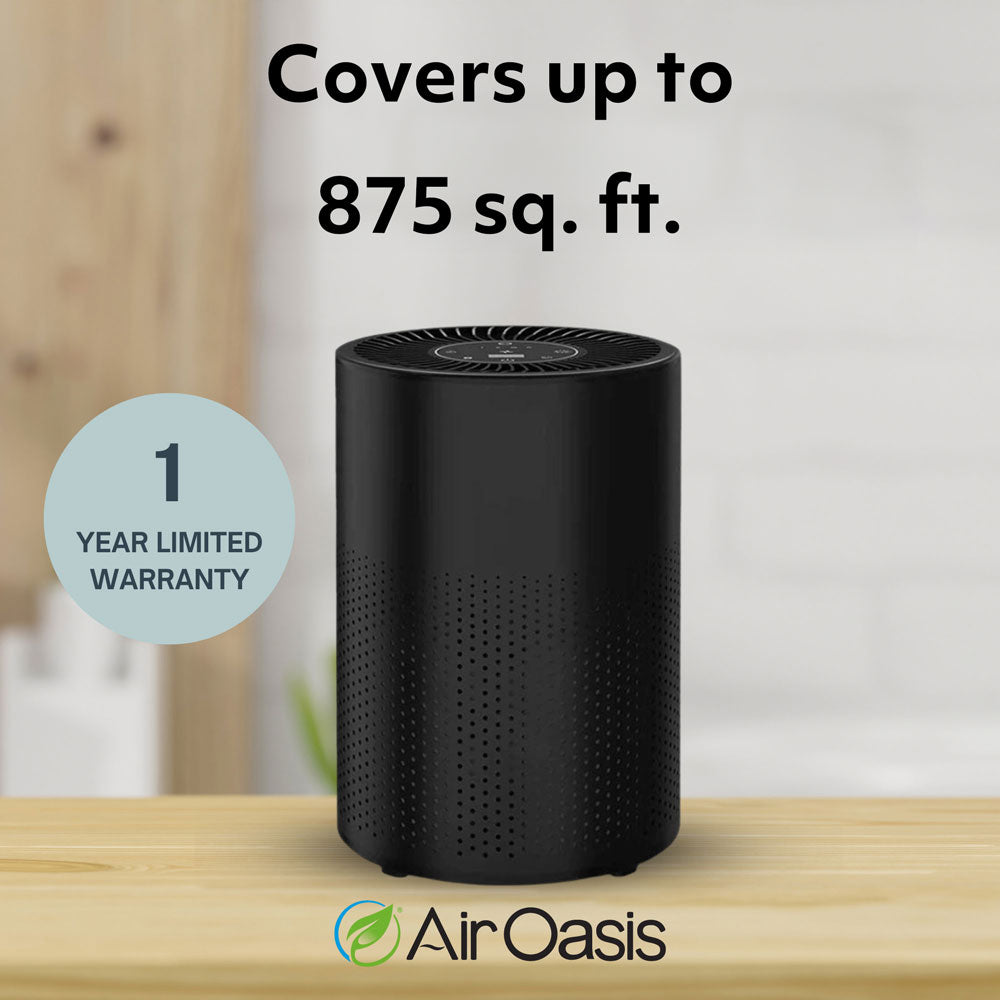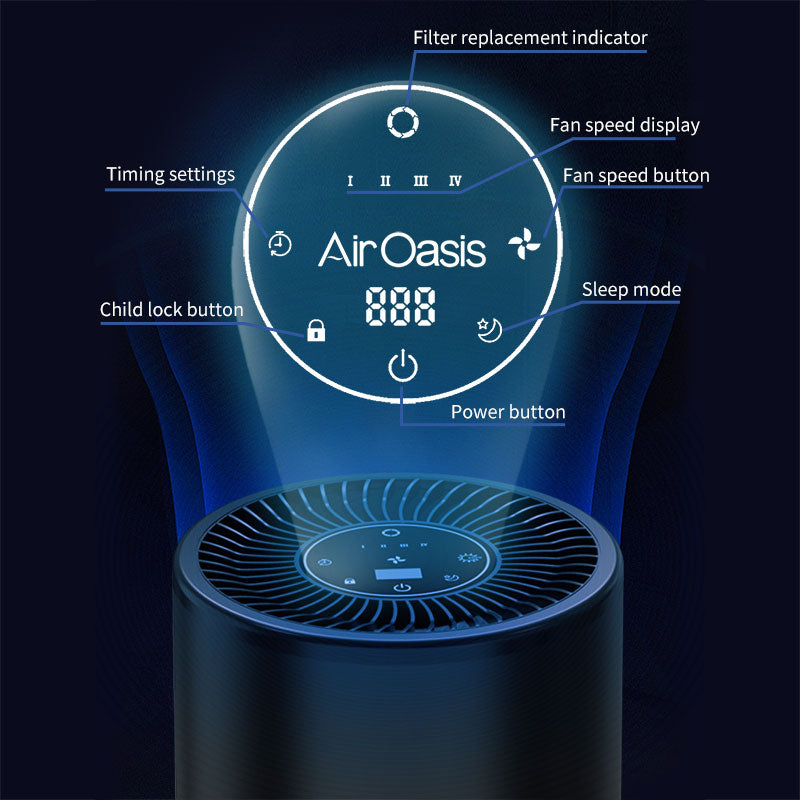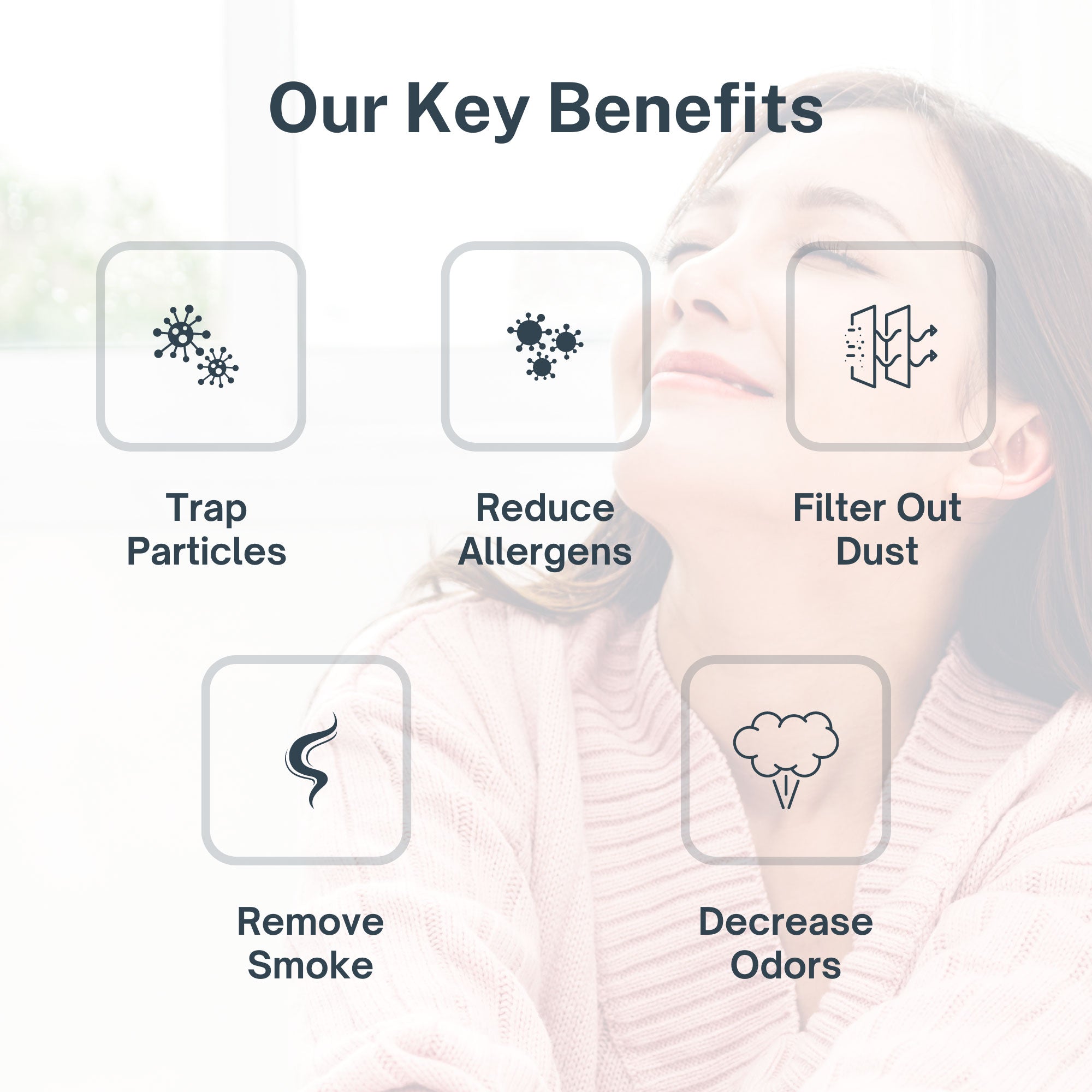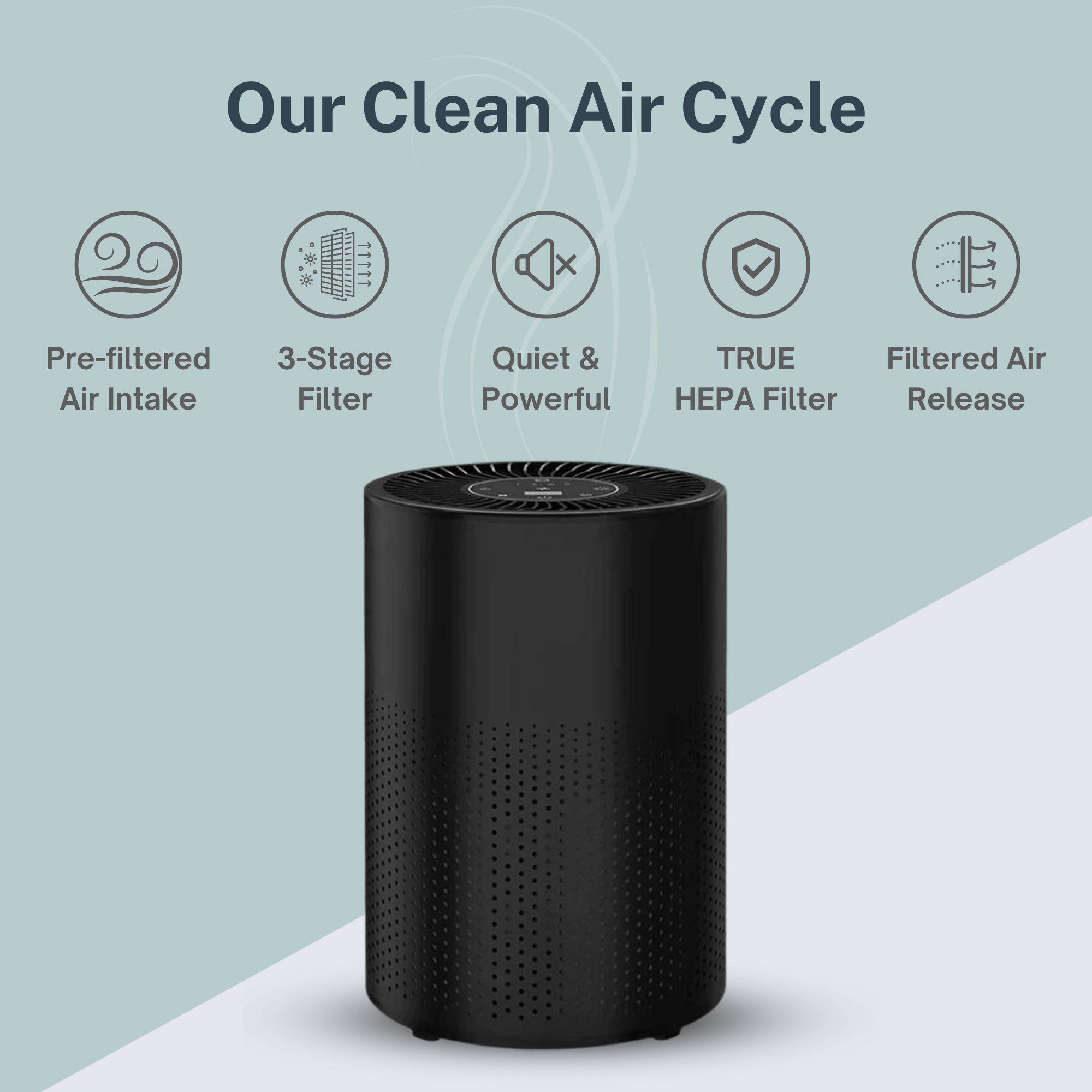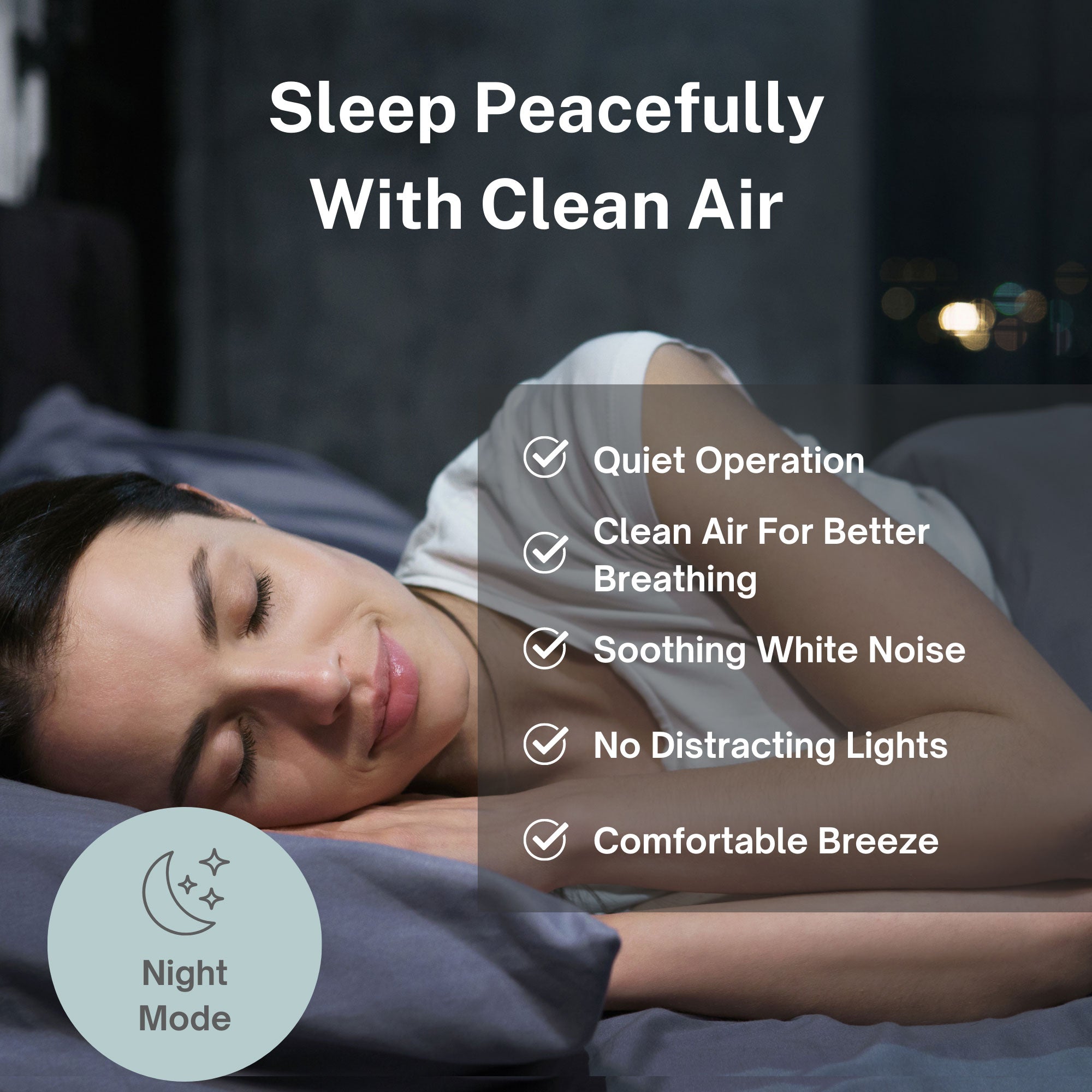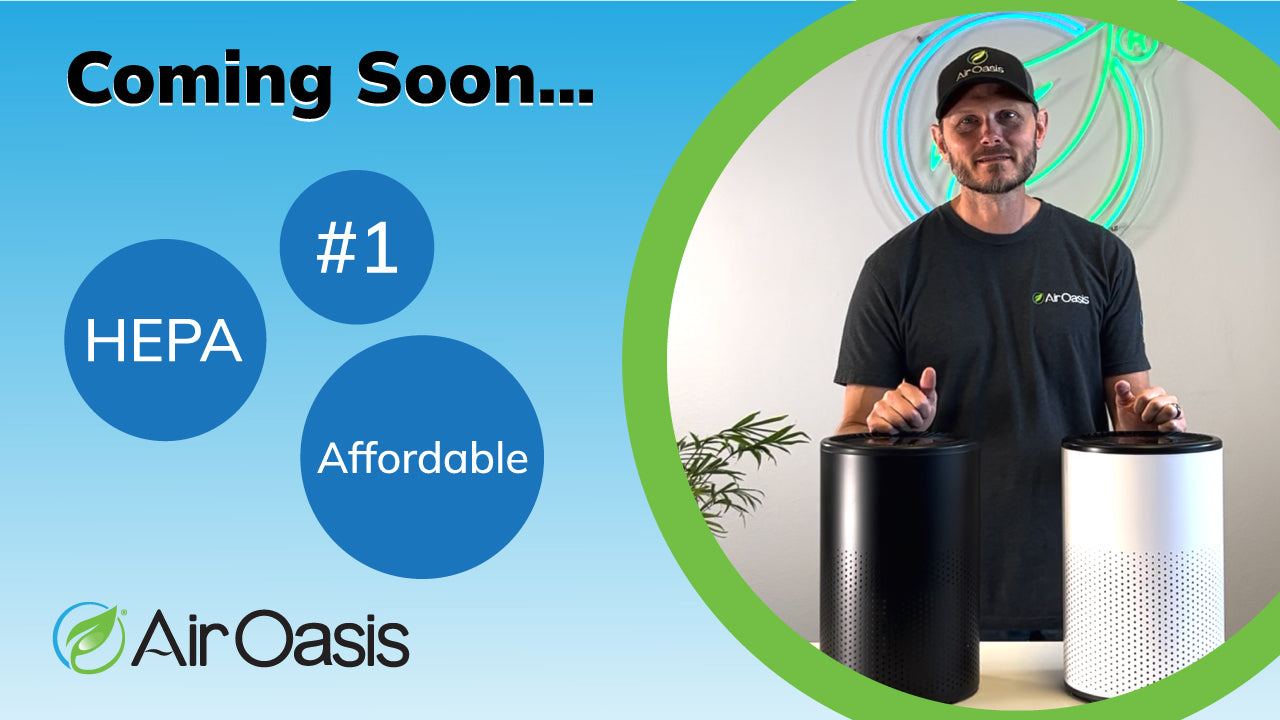We've all learned just how fast viruses can spread. We know that they're often transmitted in the air we breathe, so we take all of the lifestyle precautions to keep ourselves and our families well.
So, what can you do to improve indoor air quality? And does something as simple as an air purifier really kill viruses?
Well, first, not all air purifiers kill viruses. But some of them have technology that can, and you don't have to just trust us on that: there are large, dedicated groups of researchers who have confirmed the usefulness of air purifier technology to kill viruses.
This article is an overview of that research and the types of air purifiers that can reduce the spread of airborne viruses, germs, bacteria, and other contaminants.
At Air Oasis, we believe that you as a consumer should feel empowered to find answers to important questions like this. That's why so many of our resources don't just offer information, but point you to reliable, in-depth, peer-reviewed research. We've dedicated our entire business to the pursuit of building world class air purifiers for the home, office, schools, and any other context where people want to breathe easier. We are a multigenerational, family owned and run business: read more about us here.
An Air Purifier for Preventing the Spread of Viruses: Study 1
In the International Journal of Environmental Research and Public Health, a team of researchers published a study in 2021 called “Effects of Air Purifiers on the Spread of Simulated Respiratory Droplet Nuclei and Virus Aggregates.”
The study was designed to quantify the effect of air purifiers on the spread of COVID-19 through a simulation. To do so, the researchers measured changes in the number of viral particles in a standard test chamber after introducing a HEPA filter air purifier. The ultimate goal was to generate suggestions for the location of air purifiers in a room to prevent the spread of viruses based on the findings of the study.
Using an air purifier in this study reduced the concentration of tiny droplets of infectious nuclei. This suggests that people can use an air purifier to remove virus particles from the air. The transmission of COVID-19 in the home or confined space is airborne.
Key Takeaway Study 1
There is a very small risk that the exhaust portion of an air purifier will recirculate particulates containing a virus. However, the researchers found that the spreading effect significantly decreases once the airborne contaminants are 1 m from the air purifier.
Therefore, the overall effect of air purifiers—specifically those with HEPA filters—on indoor air is positive due to the ability to reduce airborne contaminants.
High Efficiency Particulate Air Filters and Viruses: Study 2
A second study, also published in 2021, can be found in the Elsevier Public Health Emergency Collection and is titled “Are the Portable Air Cleaners (PAC) really effective to terminate airborne SARS-CoV-2?” The study addresses the discussion of using portable air cleaners with high-efficiency particulate air (HEPA) filters to reduce transmission of the SARS-CoV-2 virus.
By collecting 29 samples of air and surfaces throughout nine households, the researchers try to determine whether portable air cleaners can remove airborne SARS-CoV-2 virus particles, especially for areas with inadequate ventilation.
Of the 29 samples, 75% tested positive for SARS-CoV-2 RNA at the start of the study. However, after using the portable air cleaner with a HEPA filter, there was only one positive sample, which is an 80% effectiveness rate for the device.
There is an important caveat to their findings, expressed here:
“It is worth highlighting that the PAC was not effective in room C, with a size larger than the recommended by the device (27 m2), although the operating time was longer than in other rooms (>2 h).”
Key Takeaway Study 2
Put plainly, the takeaway is that the air purifier killed the virus, but only when it was used as designed, in the right room size and according to manufacturer specifications.
Air Purifiers, Indoor Air Quality, and Viruses: Study 3
A last study we will summarize was published in the Morbidity and Mortality Weekly Report, republished by the National Institutes of Health. It is titled, “Efficacy of Portable Air Cleaners and Masking for Reducing Indoor Exposure to Simulated Exhaled SARS-CoV-2 Aerosols.”
A team of researchers set out to review the capabilities of air purifiers to reduce airborne transmission of SARS-CoV-2, the virus that causes COVID-19. The Centers for Disease Control (CDC) provides several recommendations for reducing the spread of COVID-19, including mask wearing, physical distancing, and supplementing ventilation systems with portable HEPA air cleaners.
This study included a simulation of a person with COVID-19 and other, uninfected persons in indoor environments. By adding two HEPA air cleaning devices meeting the Environmental Protection Agency’s (EPA) recommended clean air delivery rate (CADR), the researchers were able to reduce exposure to the SARS-CoV-2.
The air cleaners were most effective when they were close to the aerosol source based on the different locations that were tested in the study.
Key Takeaway Study 3
Overall, the portable air cleaner reduced the spread of viral particles by 65% without enforcing mask wearing. Wearing masks without using HEPA air cleaners decreased the concentration by 72% and the combination of the two methods reduced overall exposure by up to 90%.
What Air Purifiers Kill Viruses?
Let's get back to the main question - do air purifiers kill viruses? The studies presented above were rigorously conducted according to sound scientific principles, or represent the educated opinion of analysts who reviewed such studies. It's the kind of information you can reasonably trust and use to make your own informed decisions about how to protect your family against the spread of any virus, including COVID-19.
The type of air purifier technology mentioned most in these studies is HEPA, which is a core approach to purifying the air.
There are additional technologies, and we've found that multistage filtration is the best and most effective way to fully clean indoor air. Coupled with UV, carbon filtration, and bi-polar ionization, you have a winning combination to safeguard against viruses.
Find the Right Air Purifier
To buy an air purifier to kill viruses in your home, we recommend you check out the iAdaptAir® HEPA UV Air Purifier, our bestselling, best-in-class air purifier for protection from viruses and all types of irritants and contaminants.


